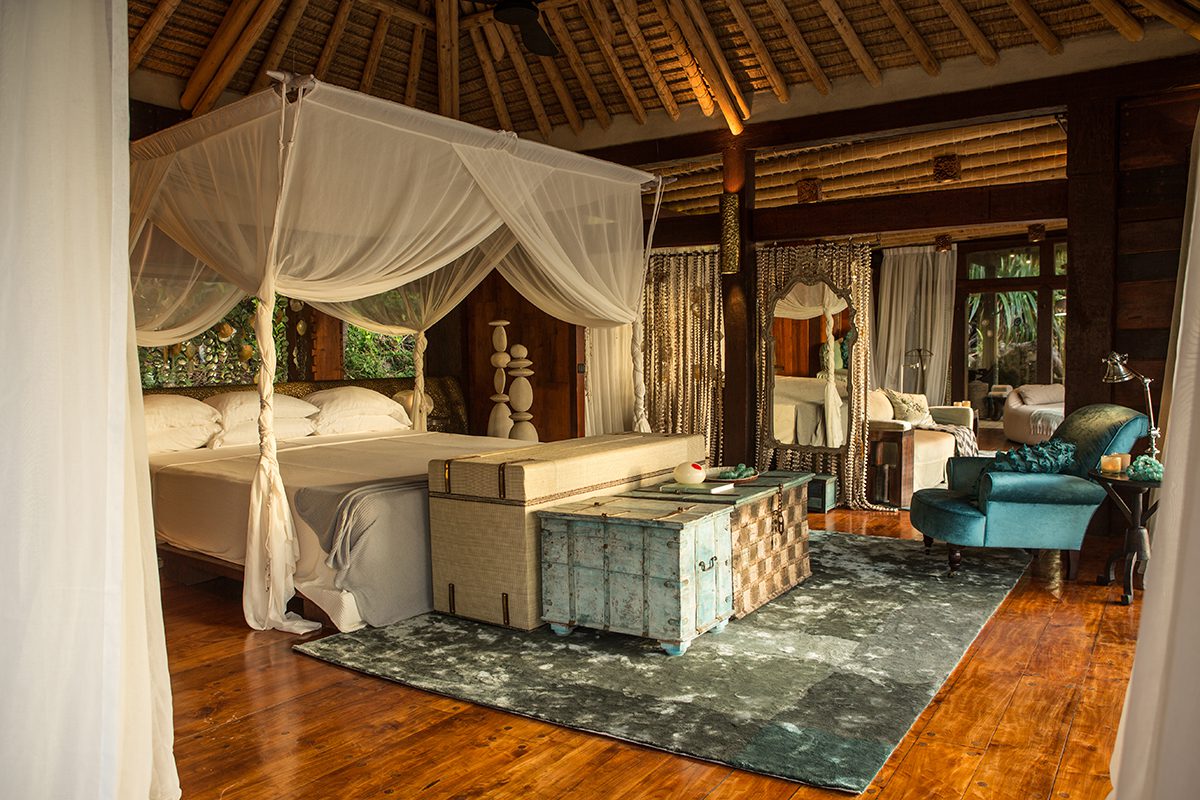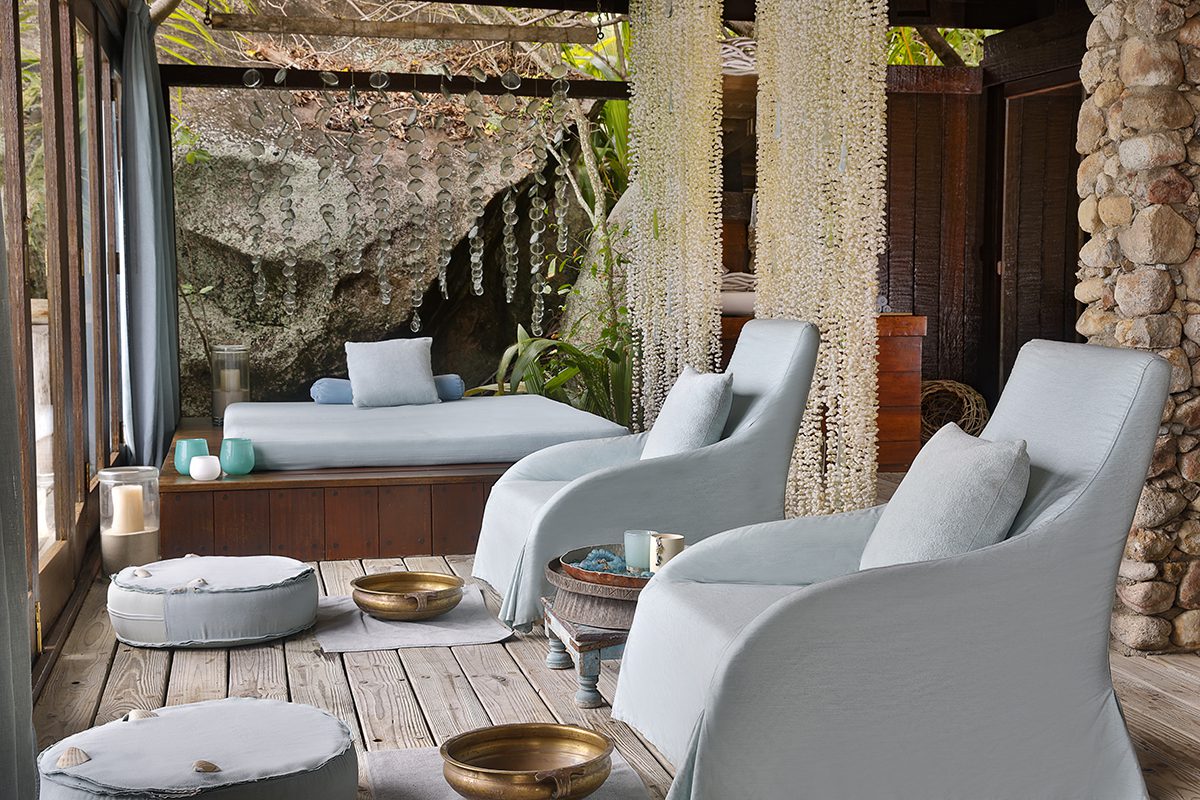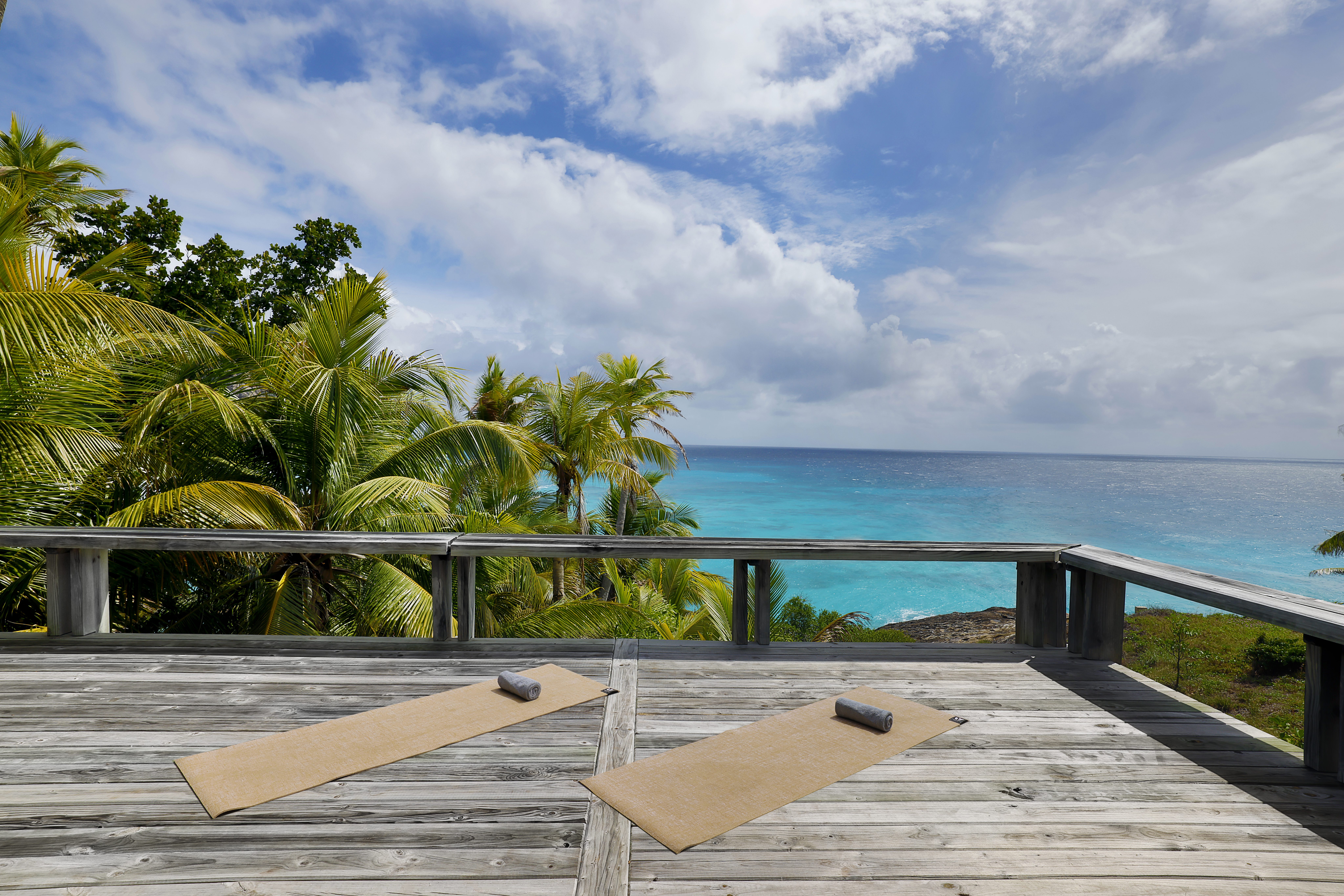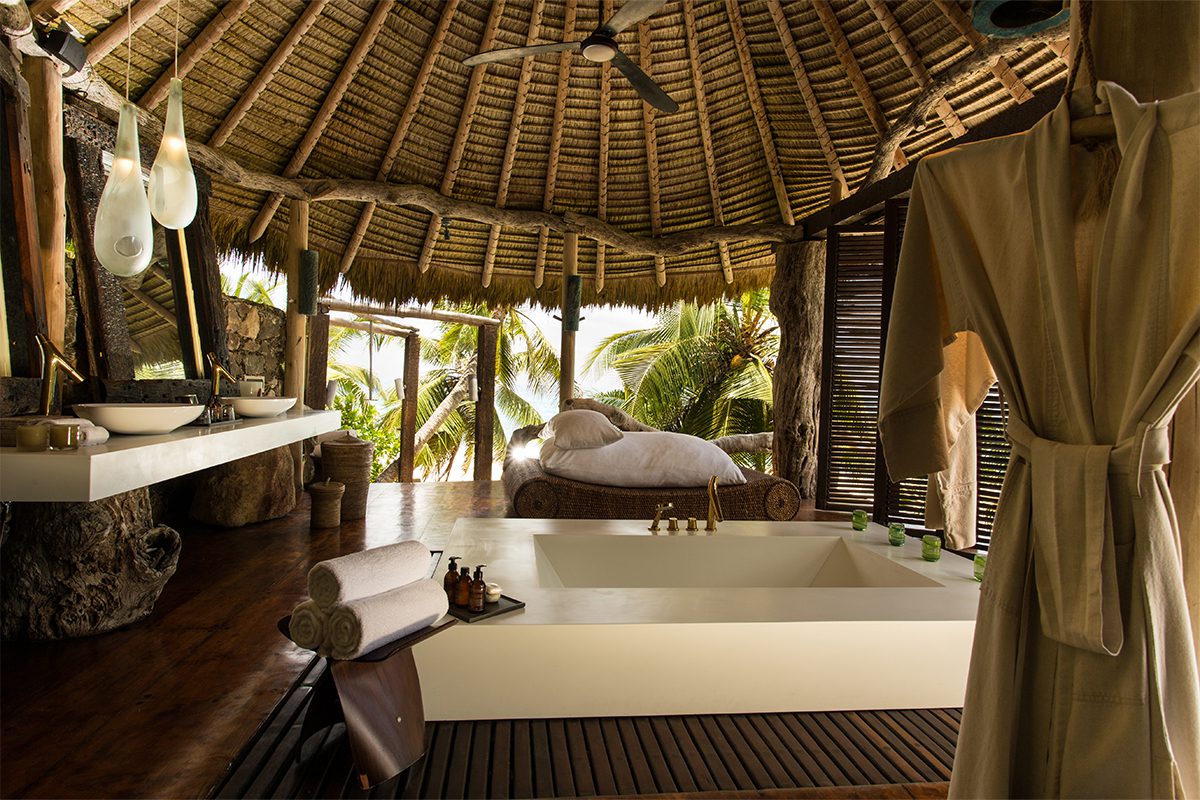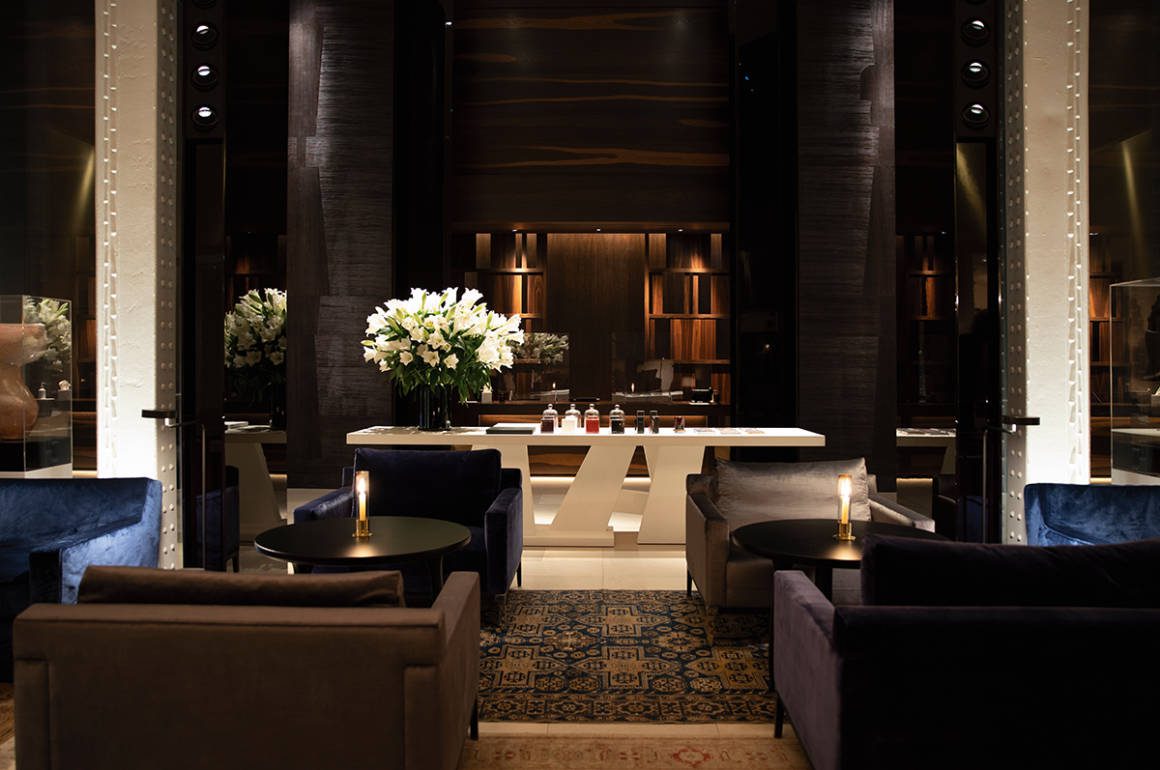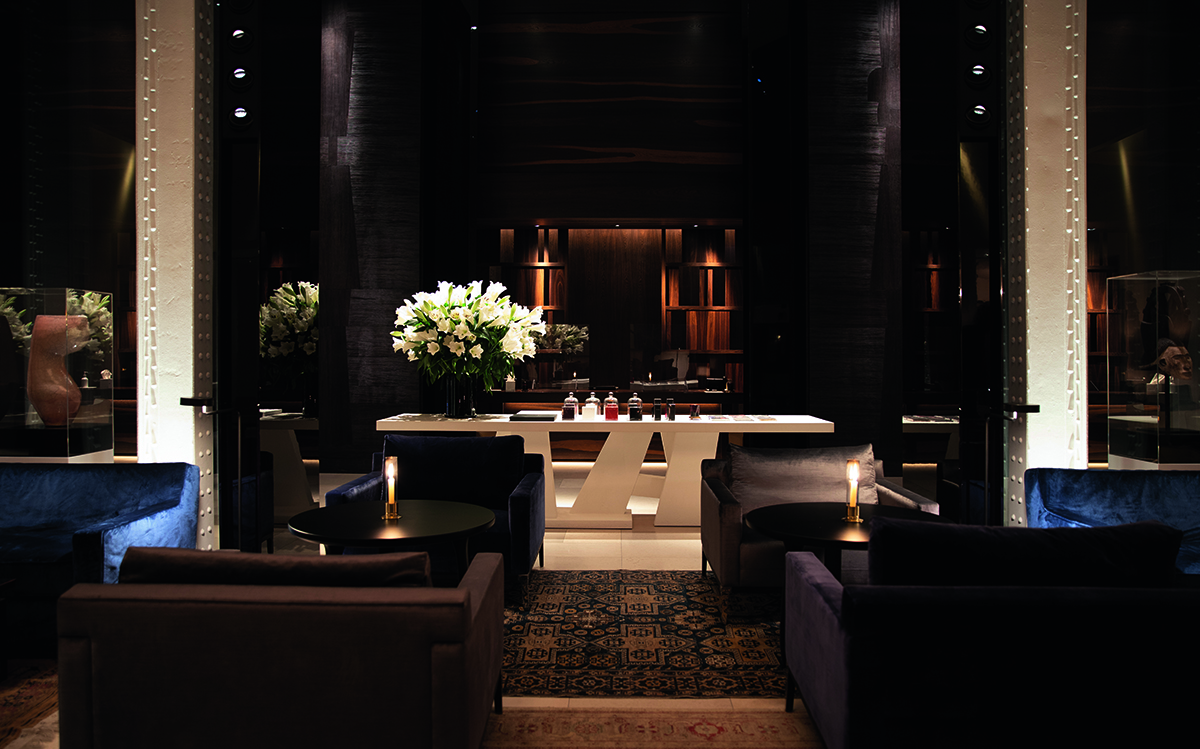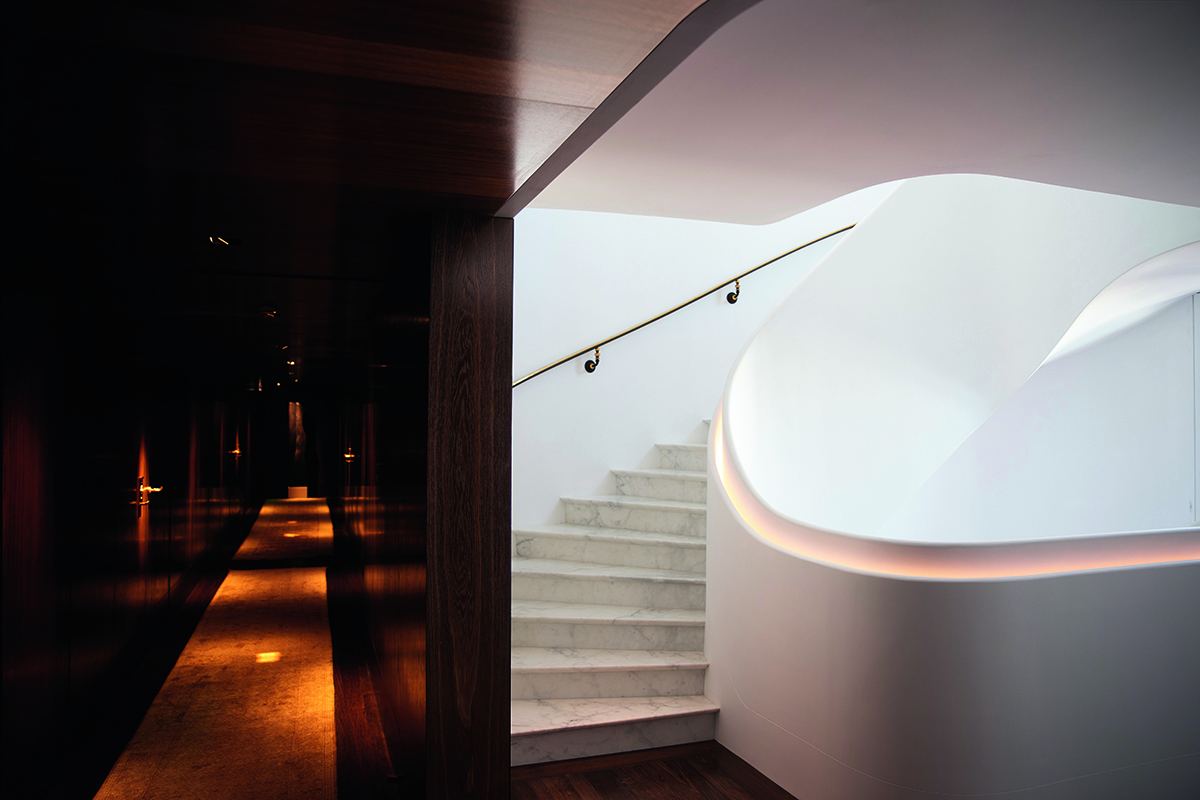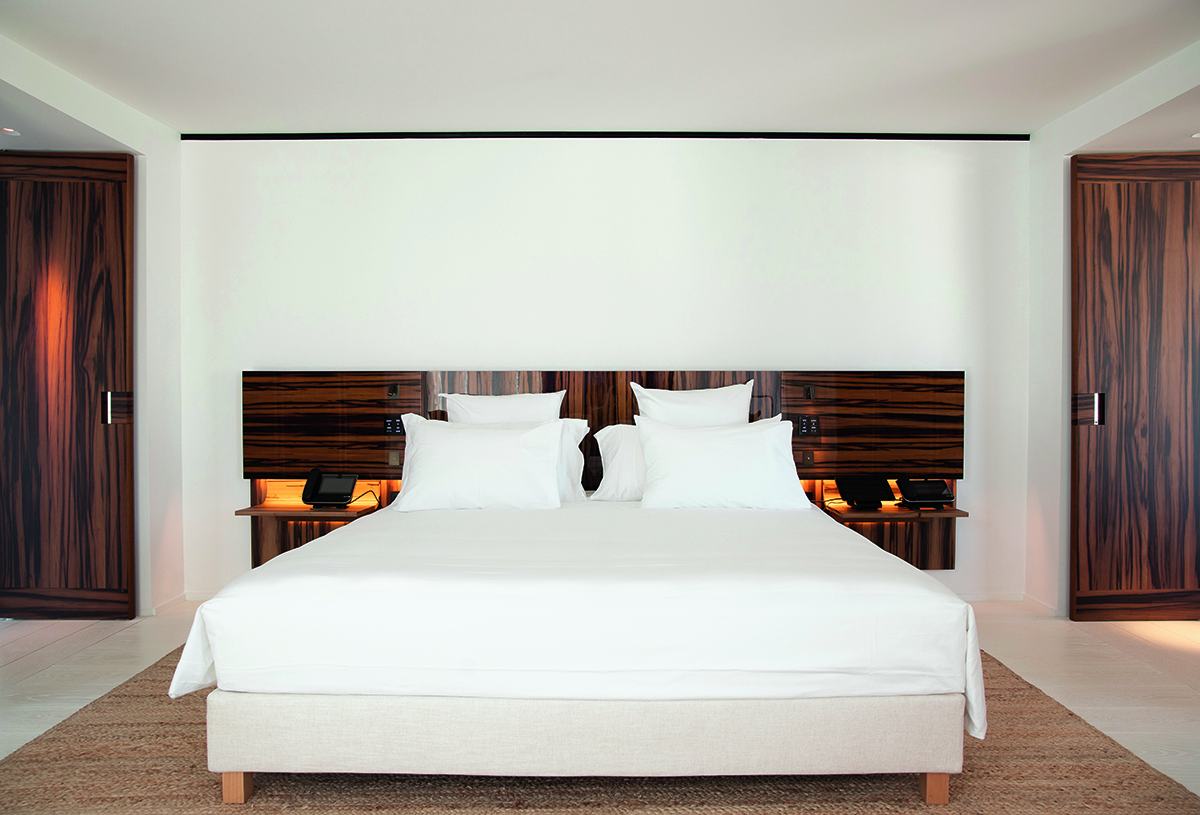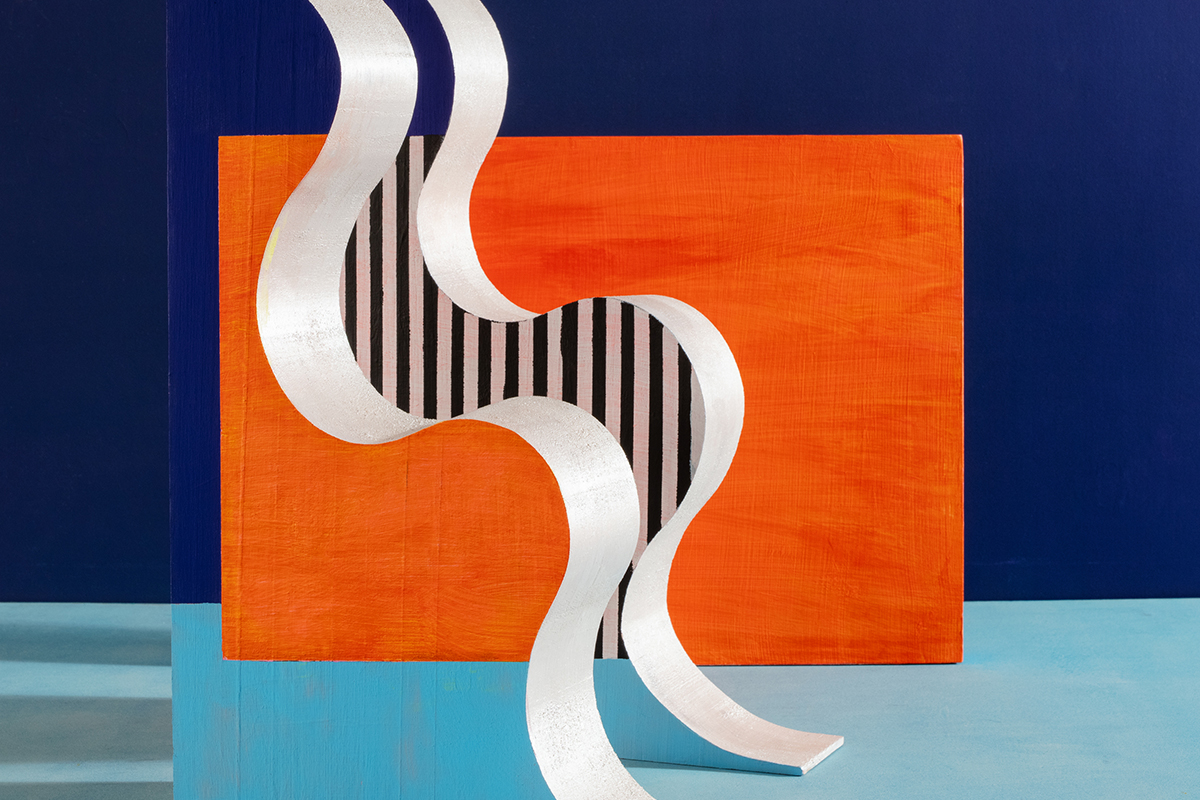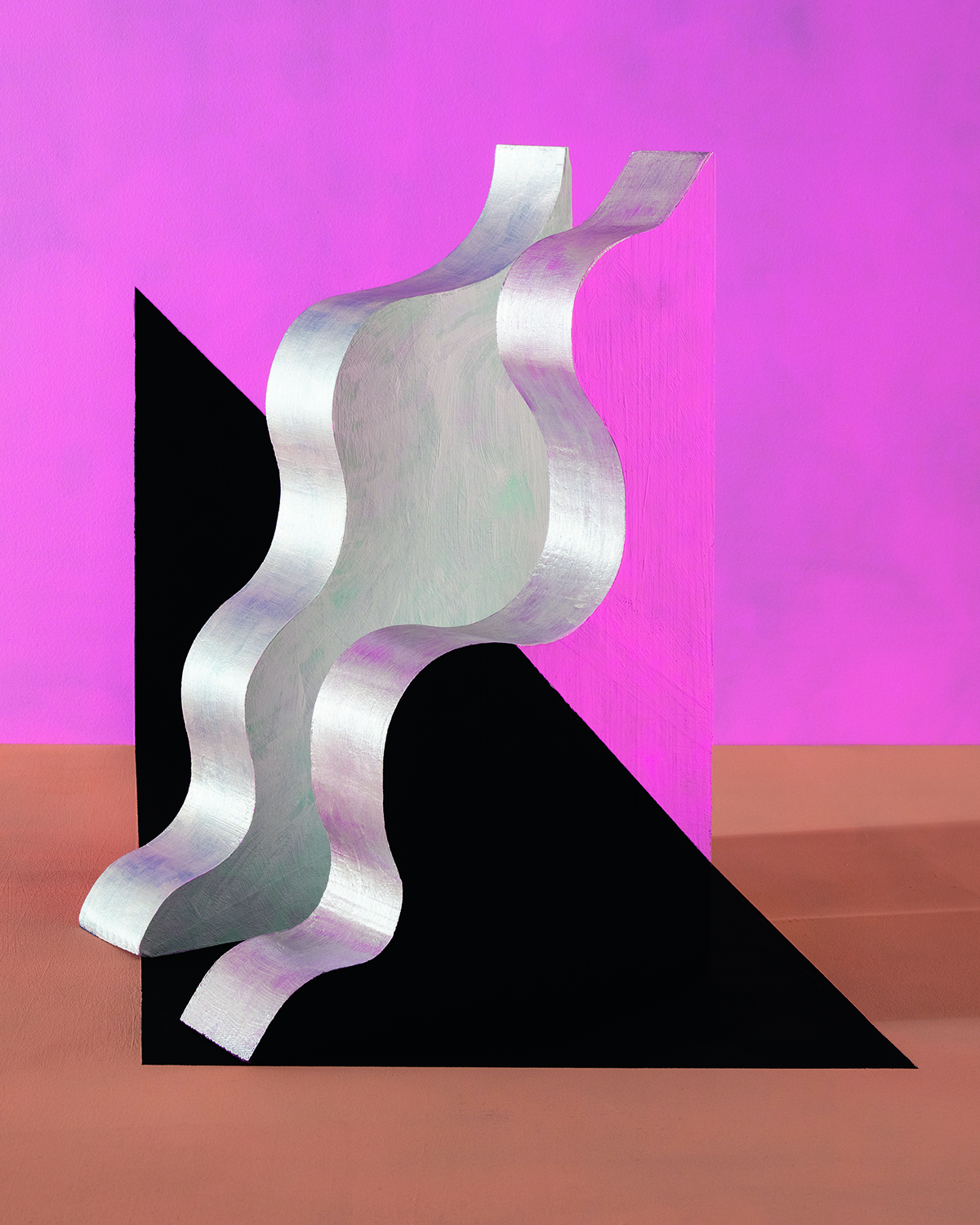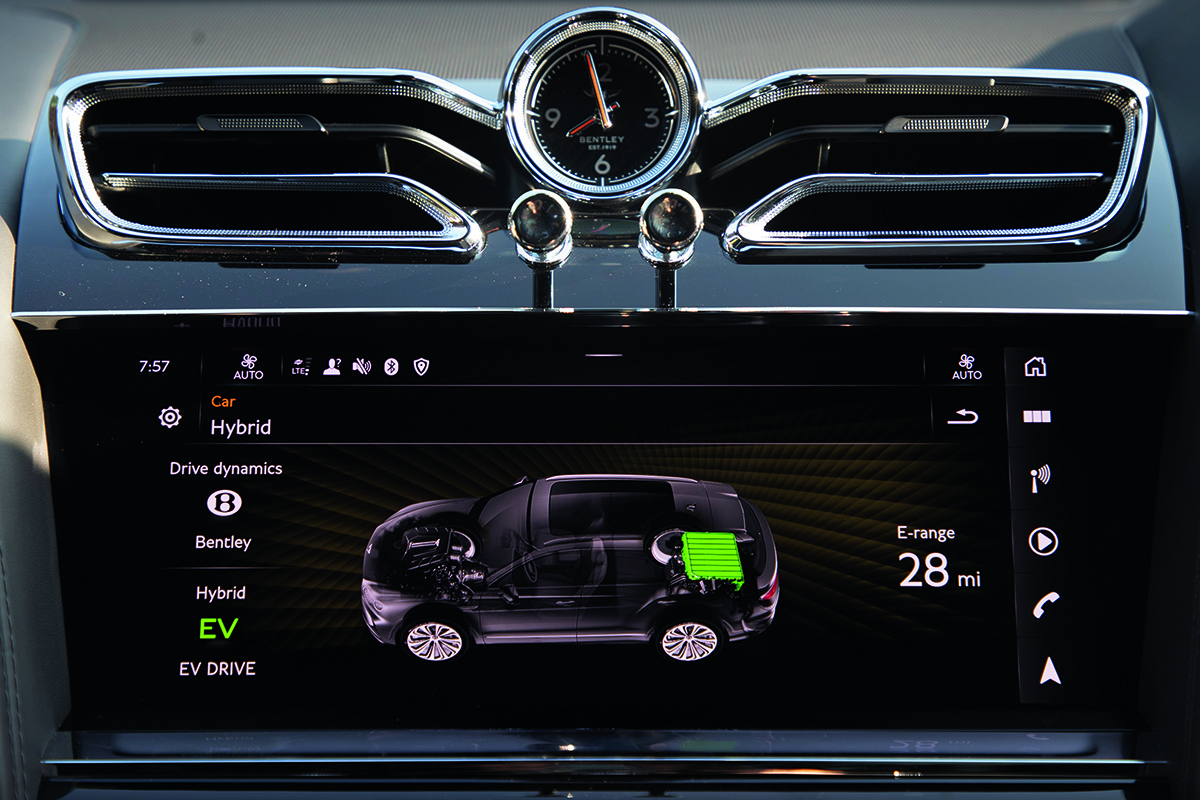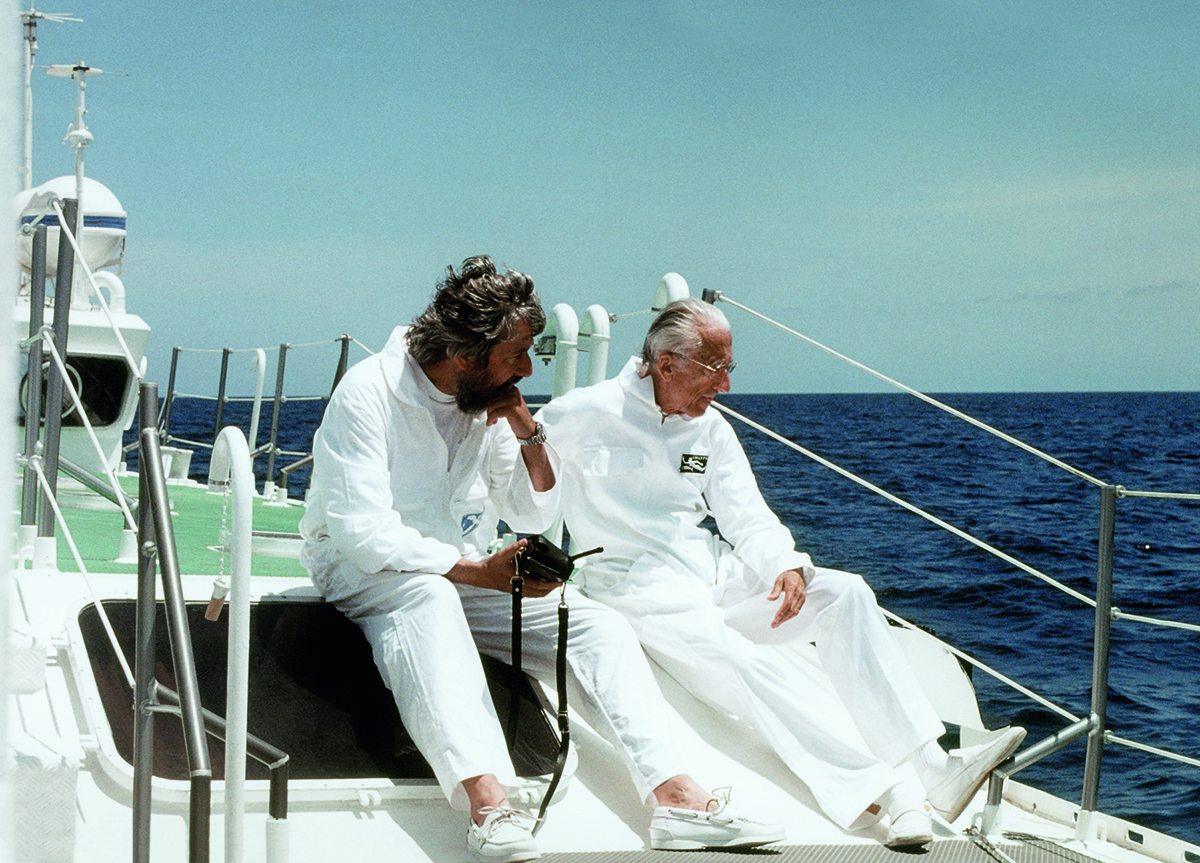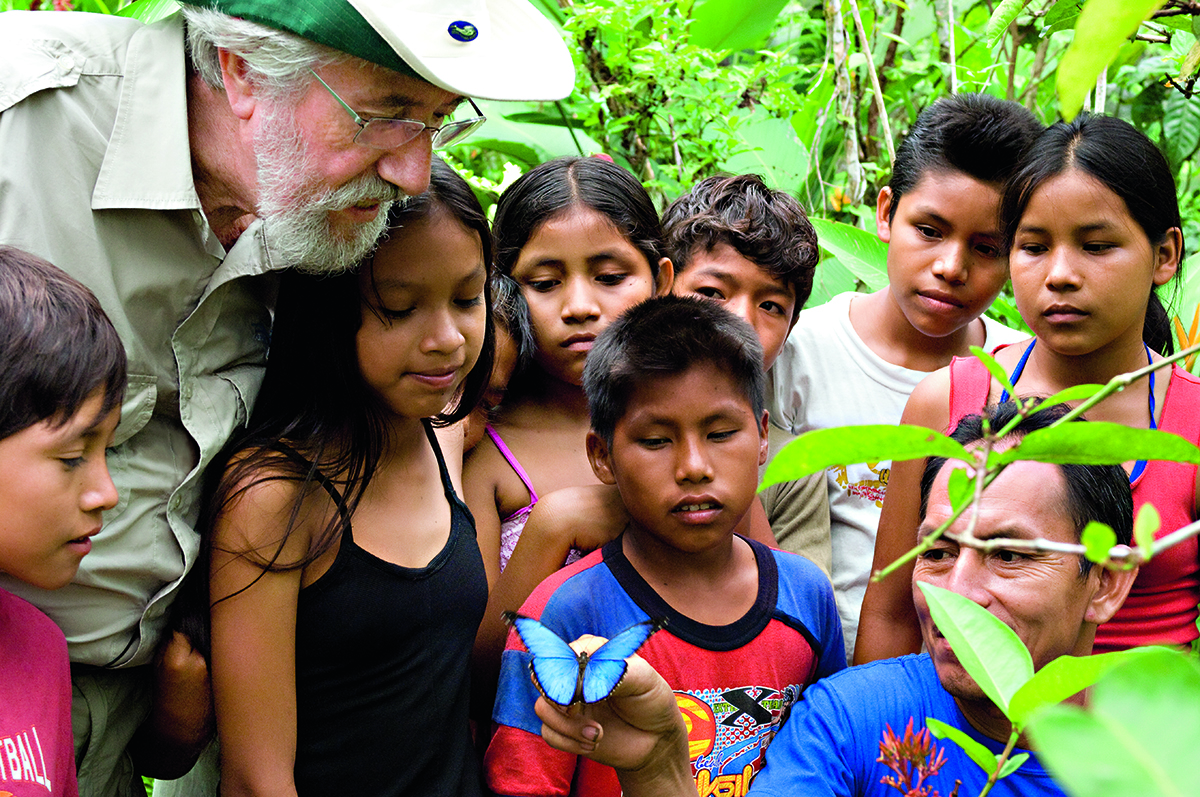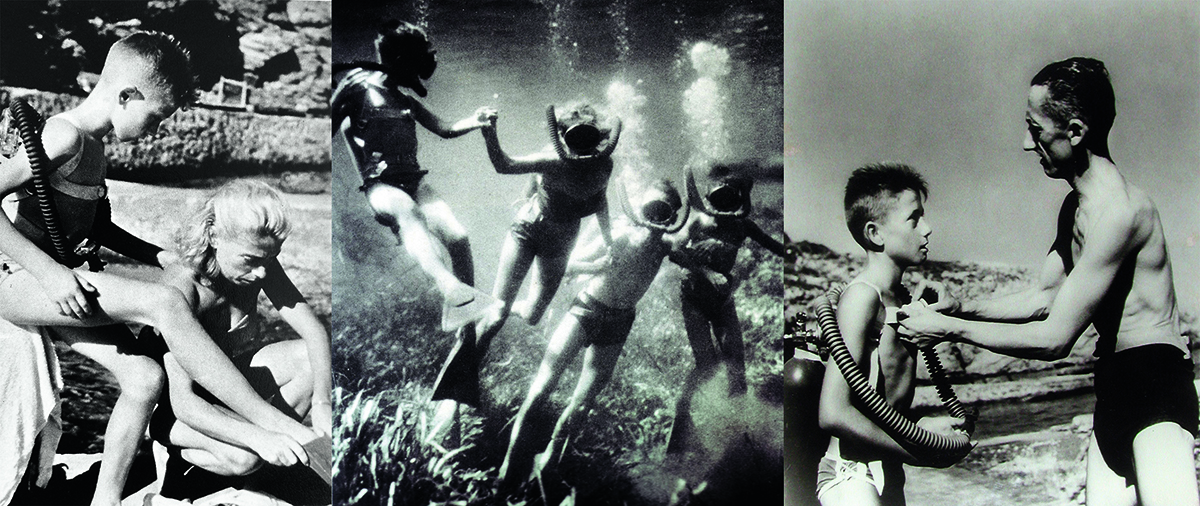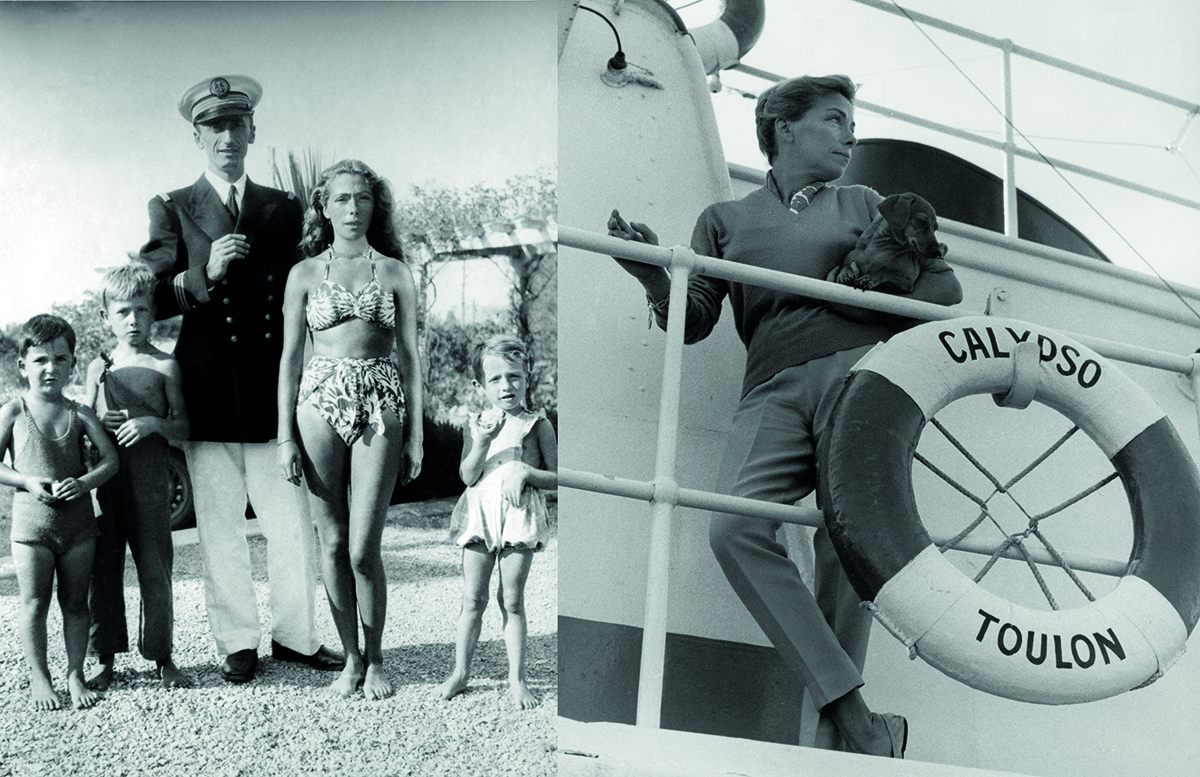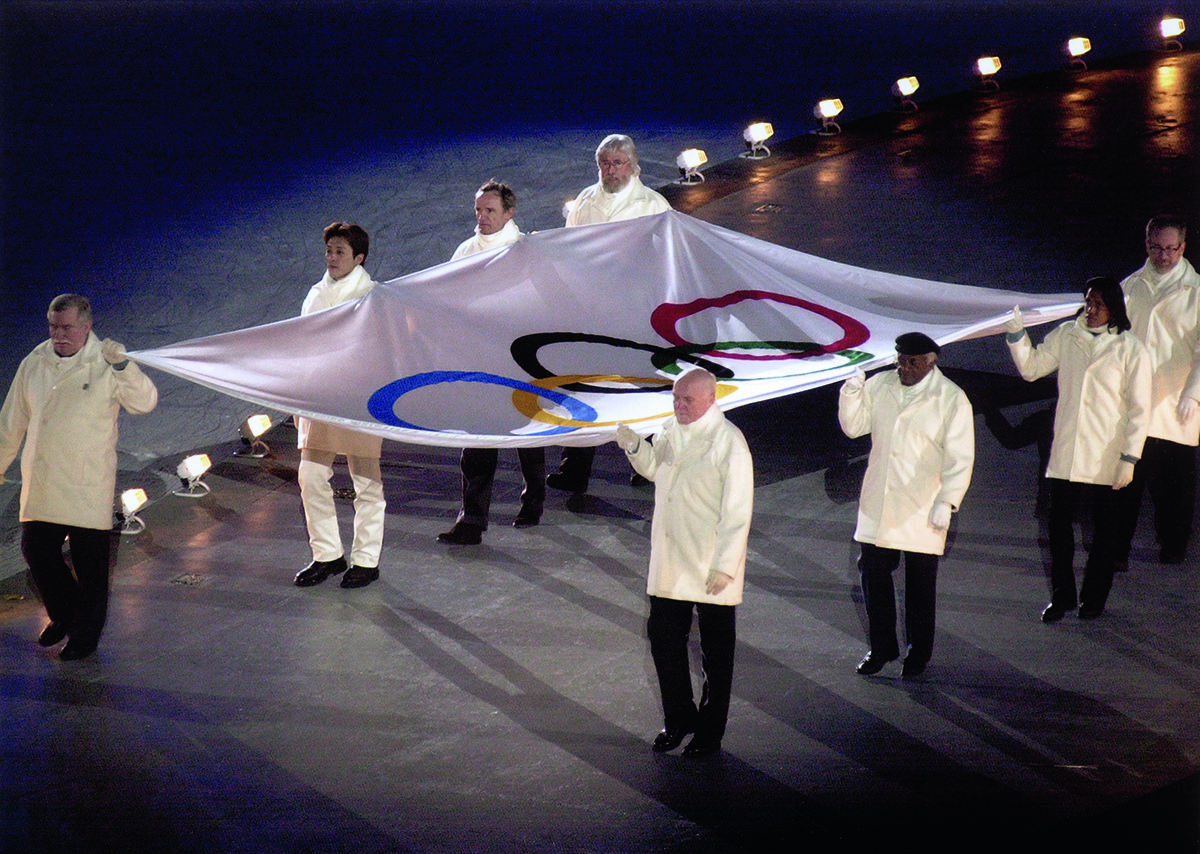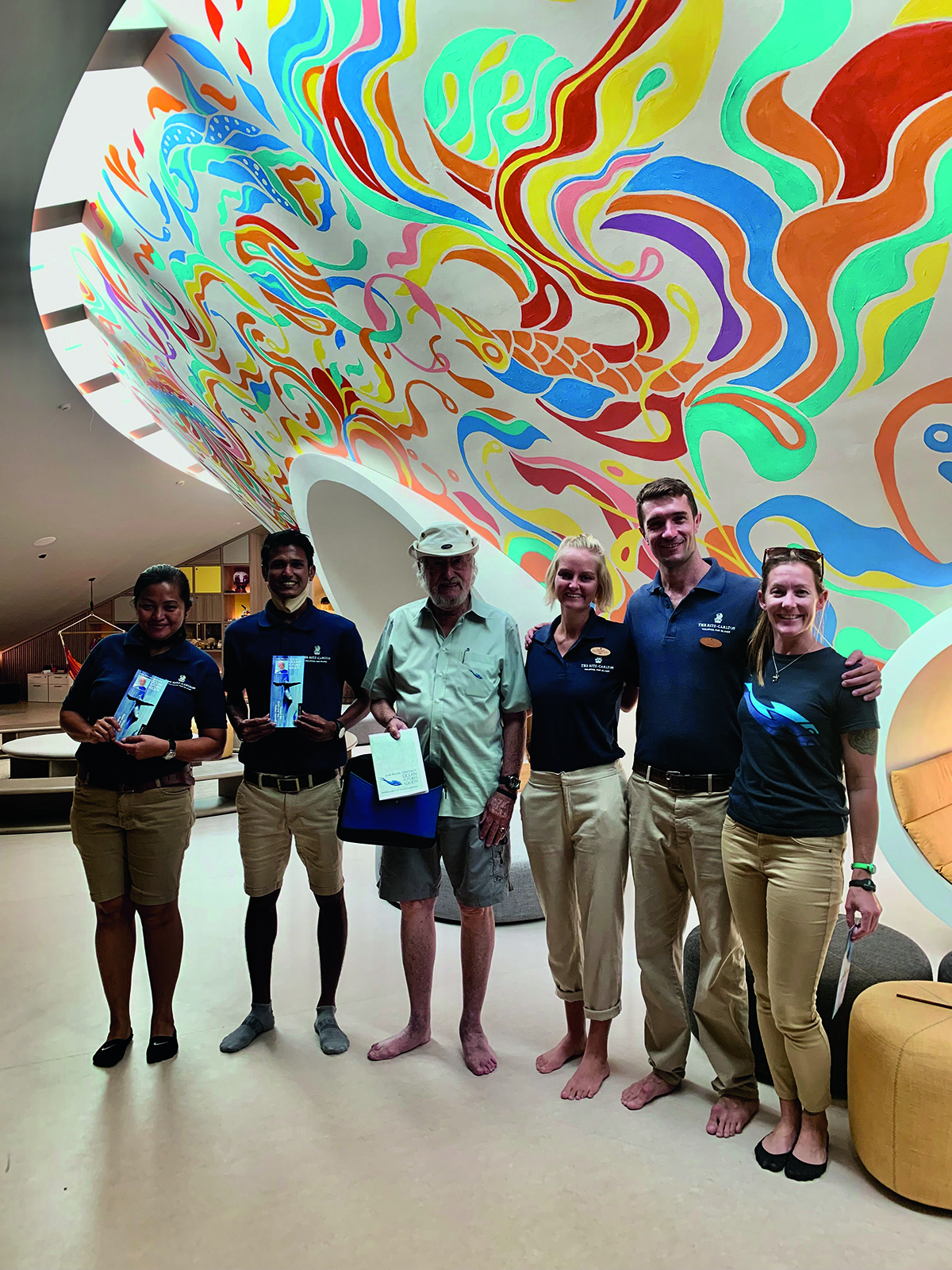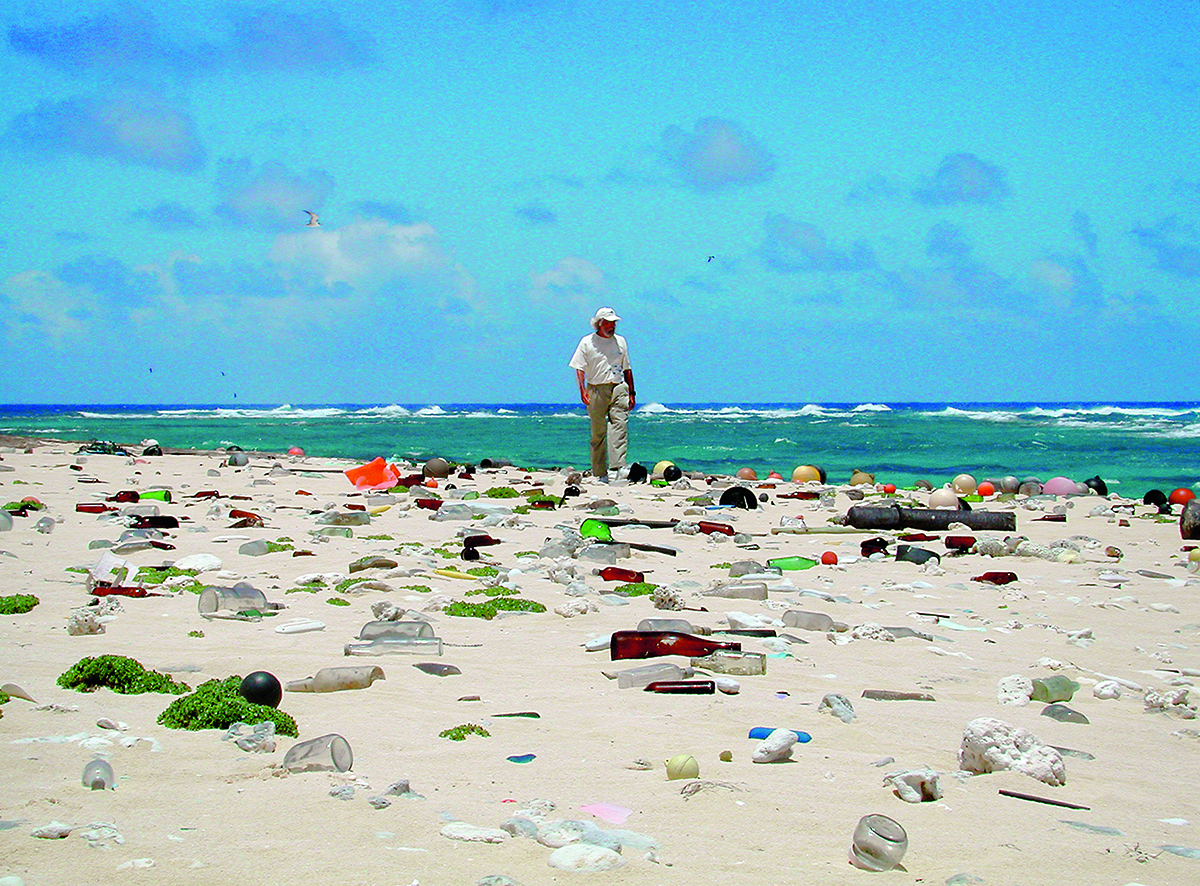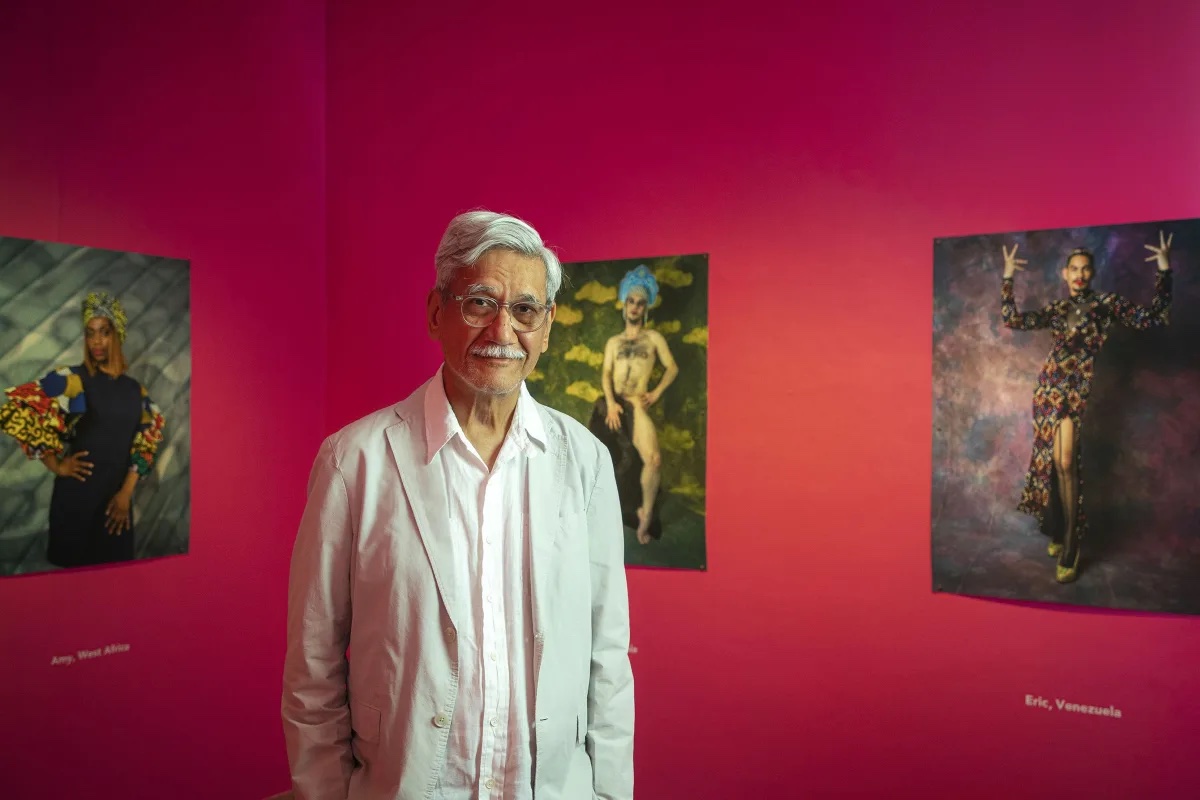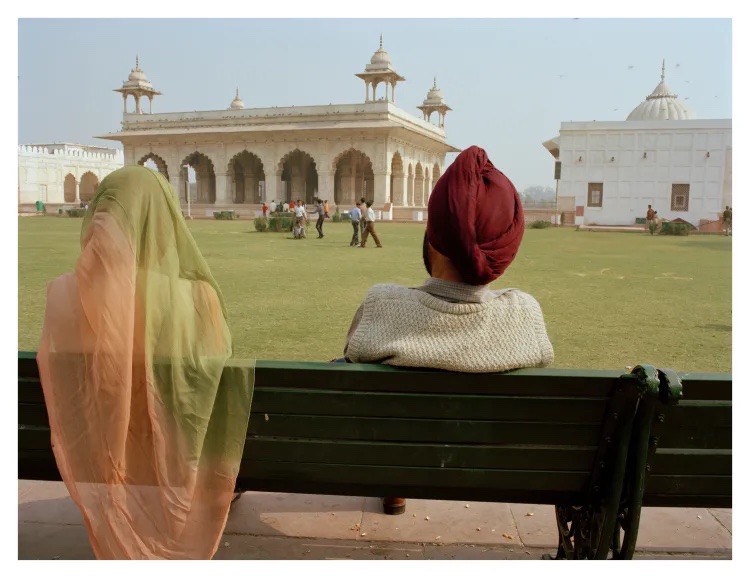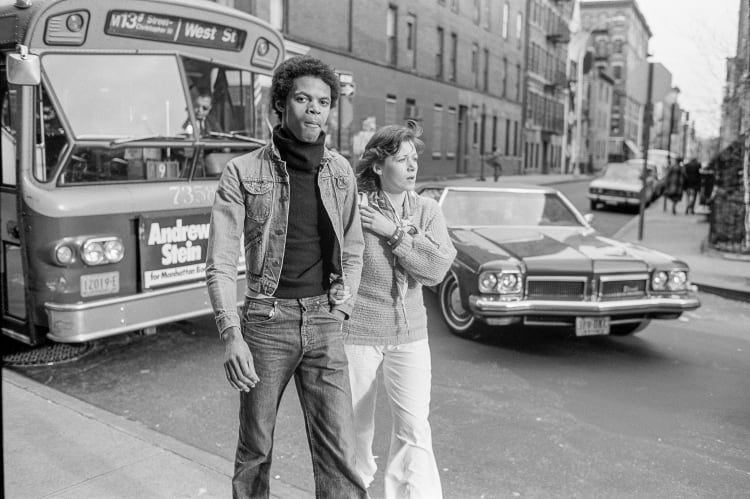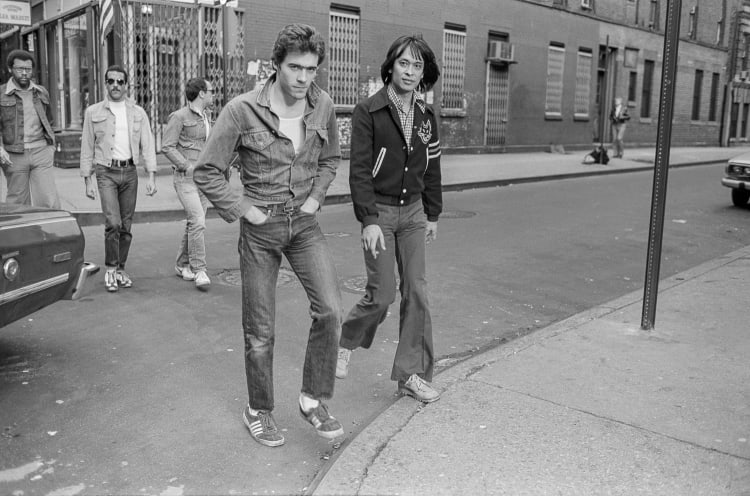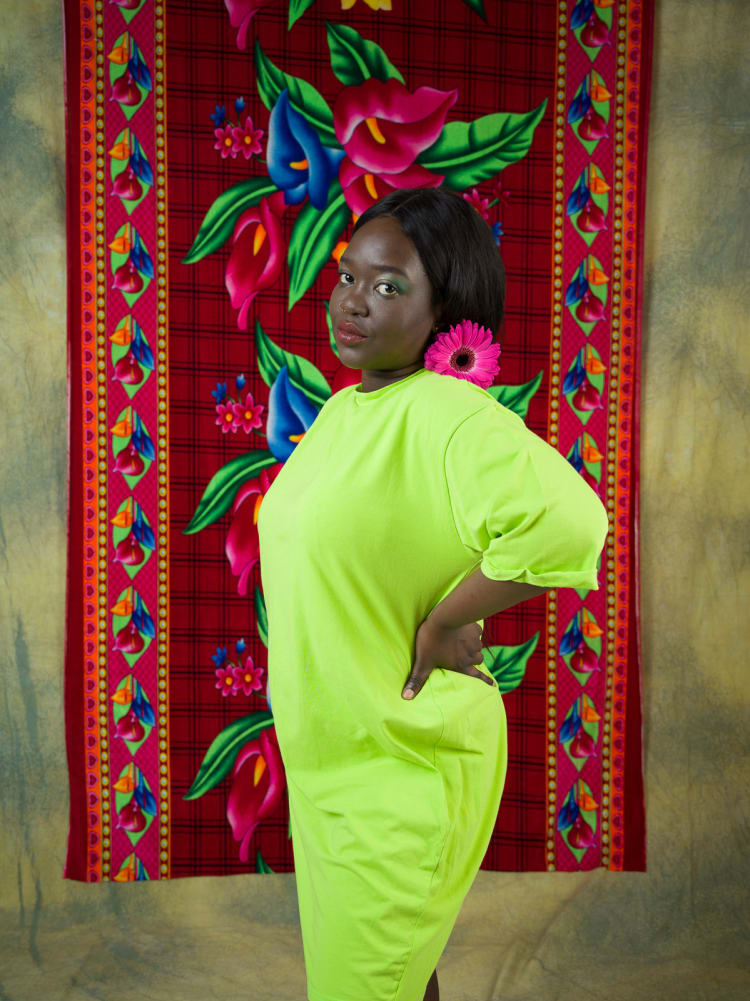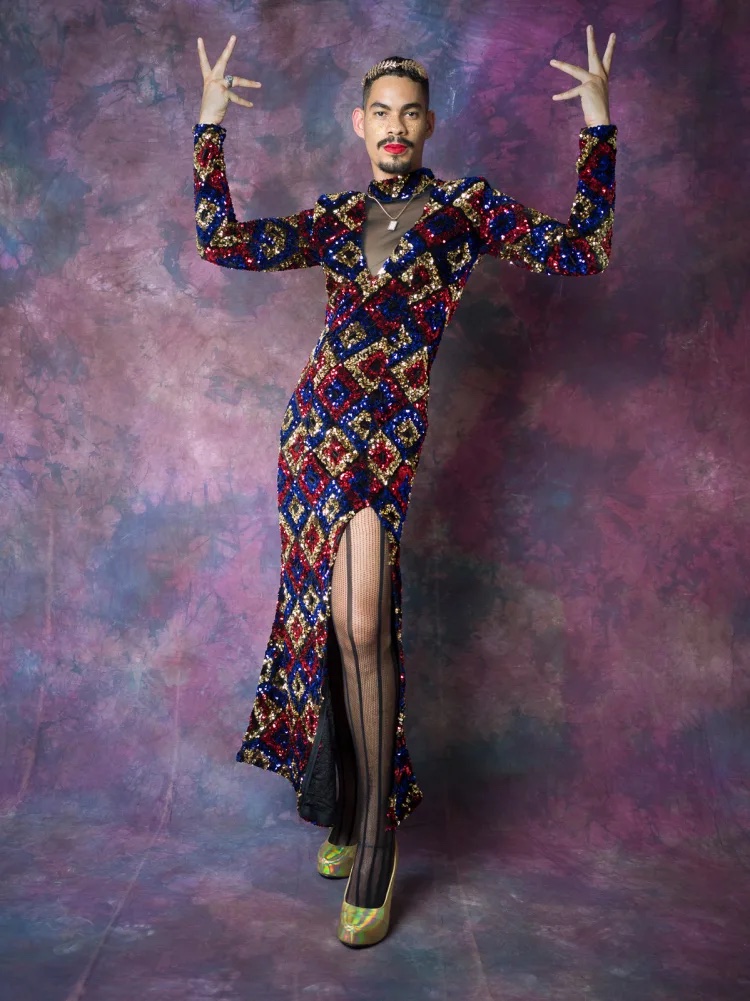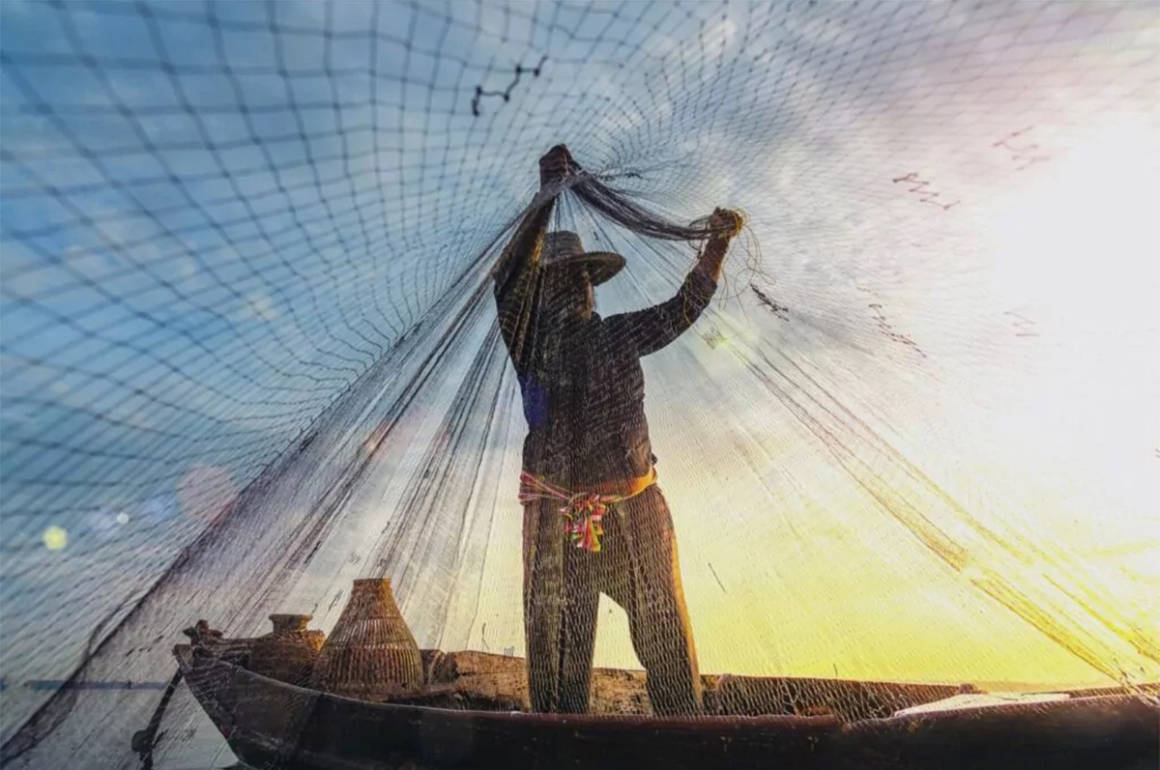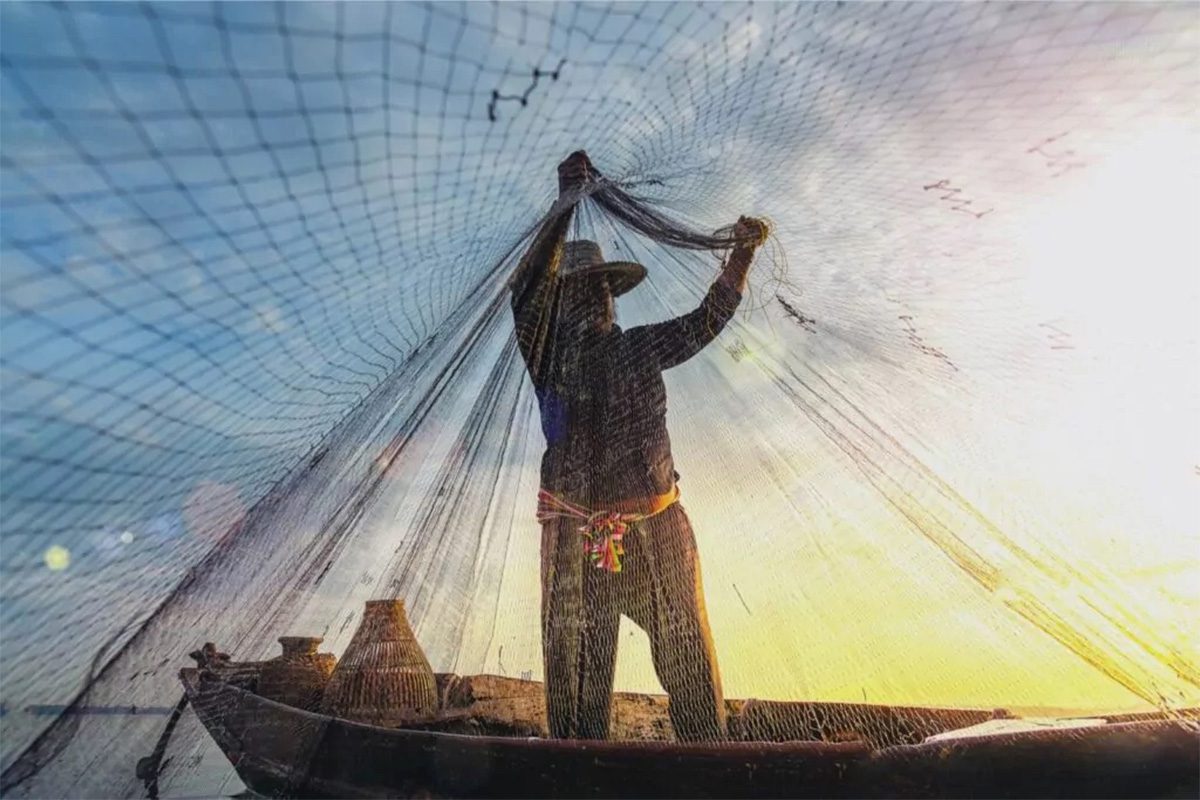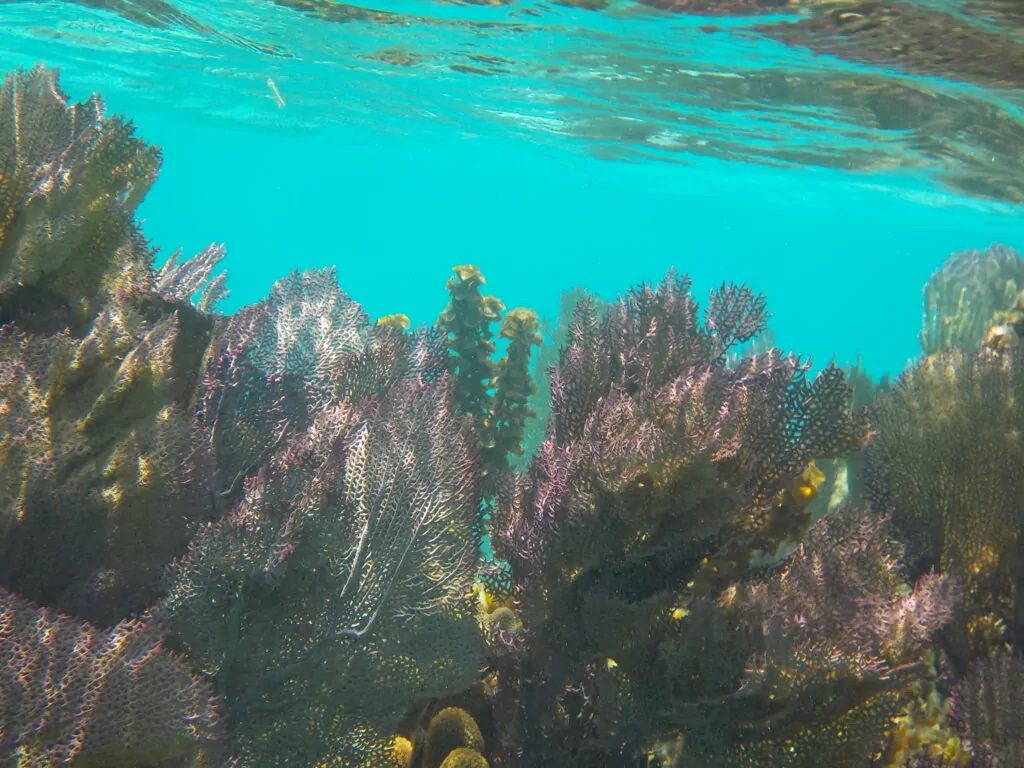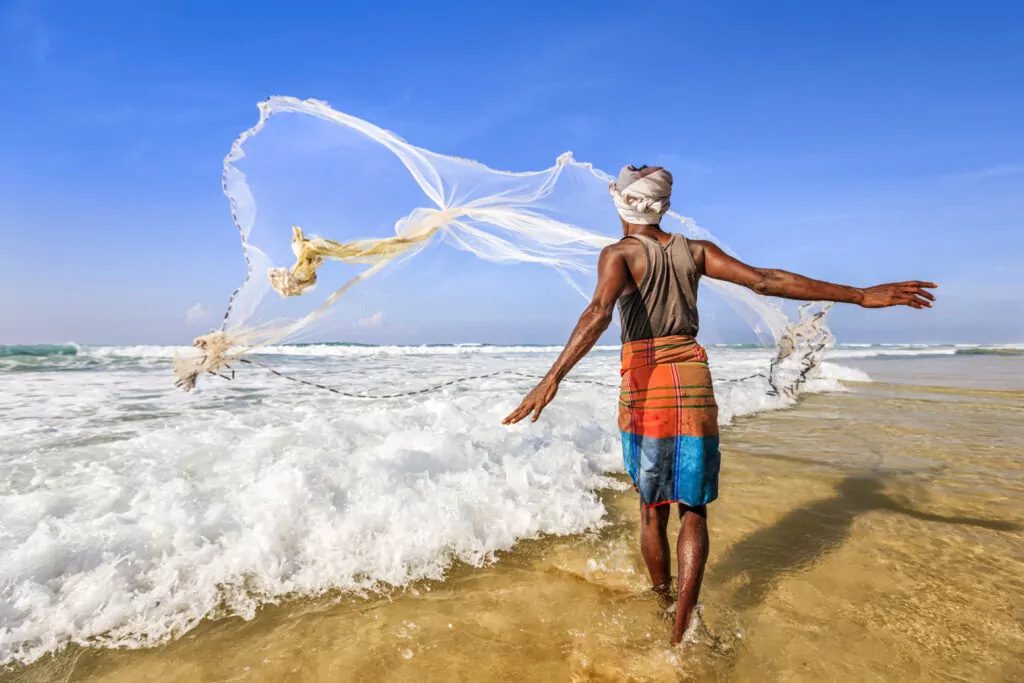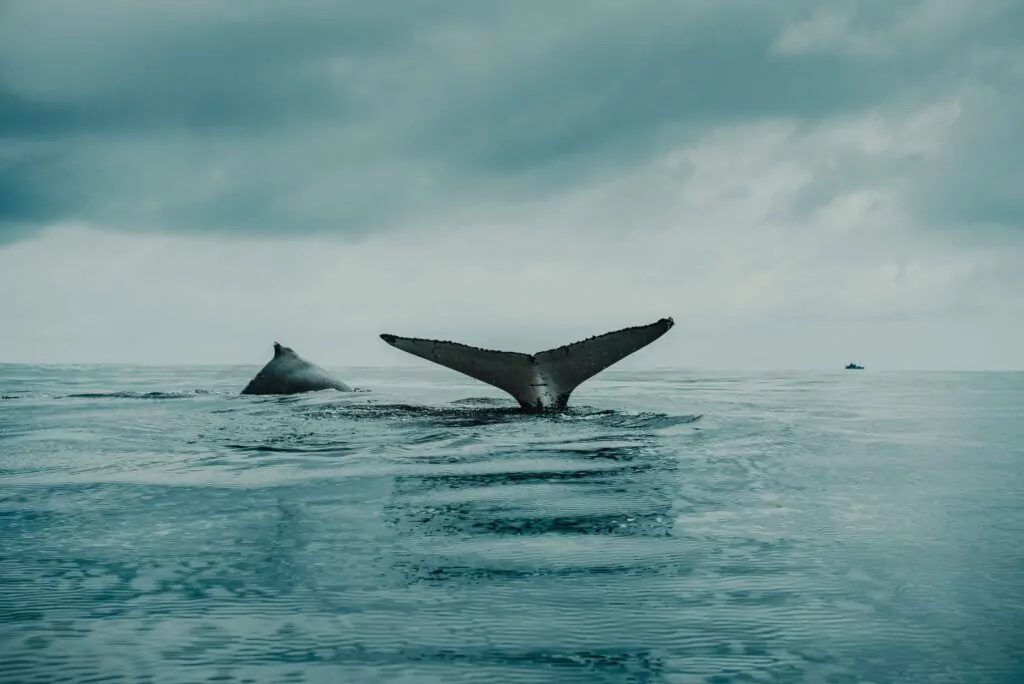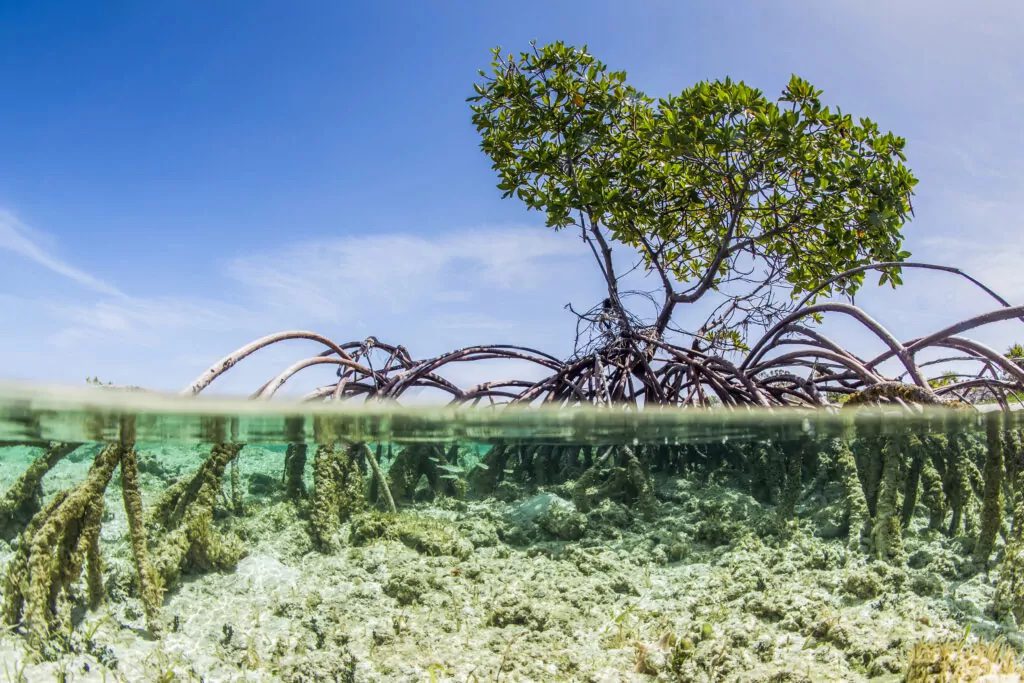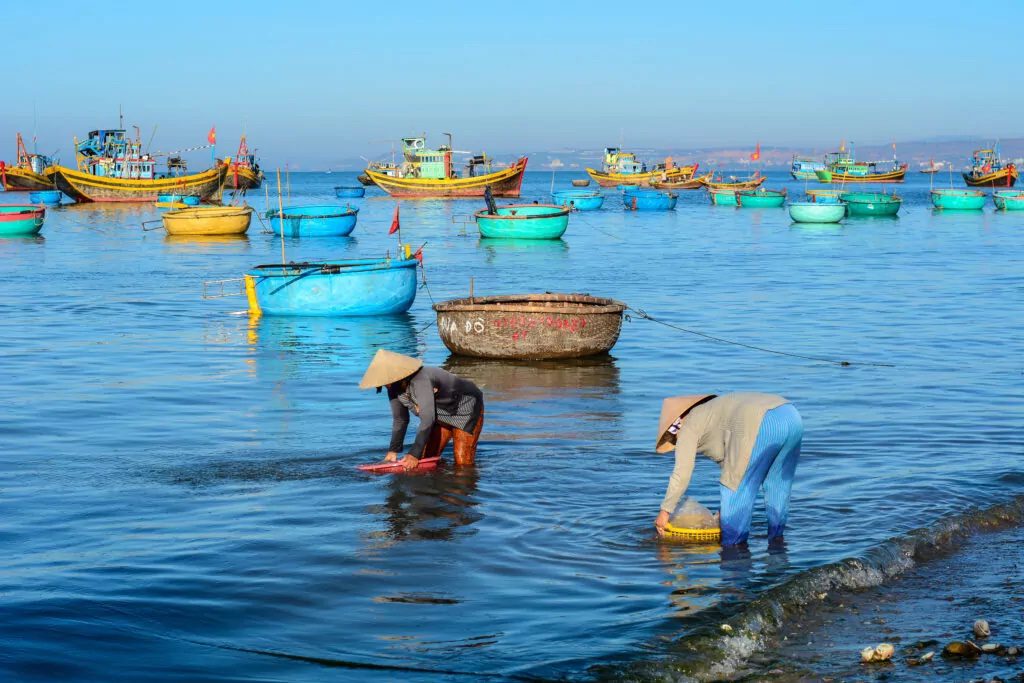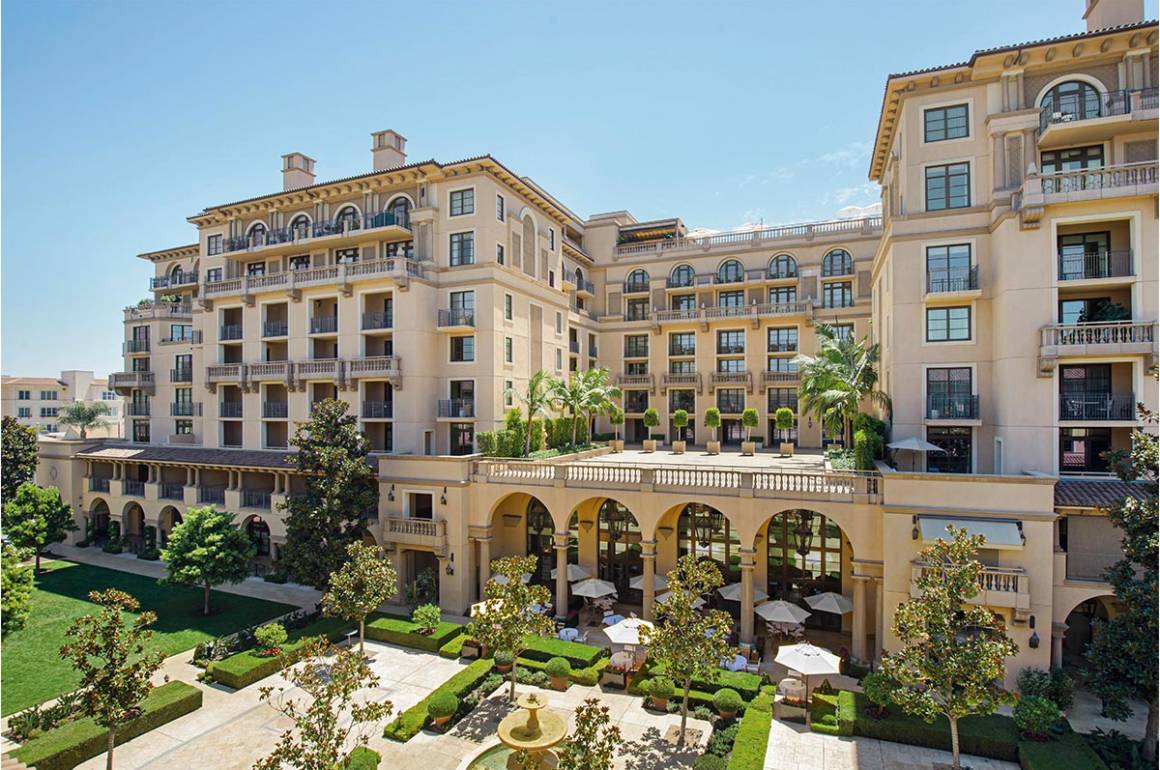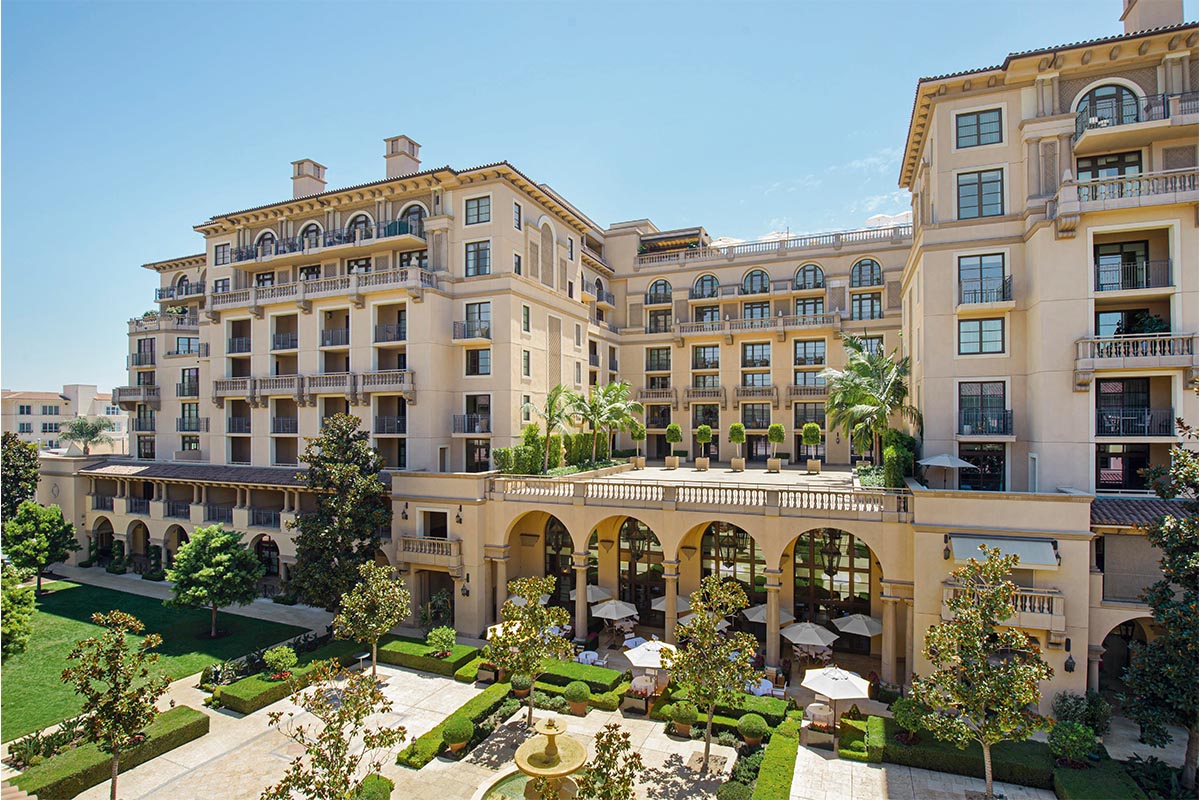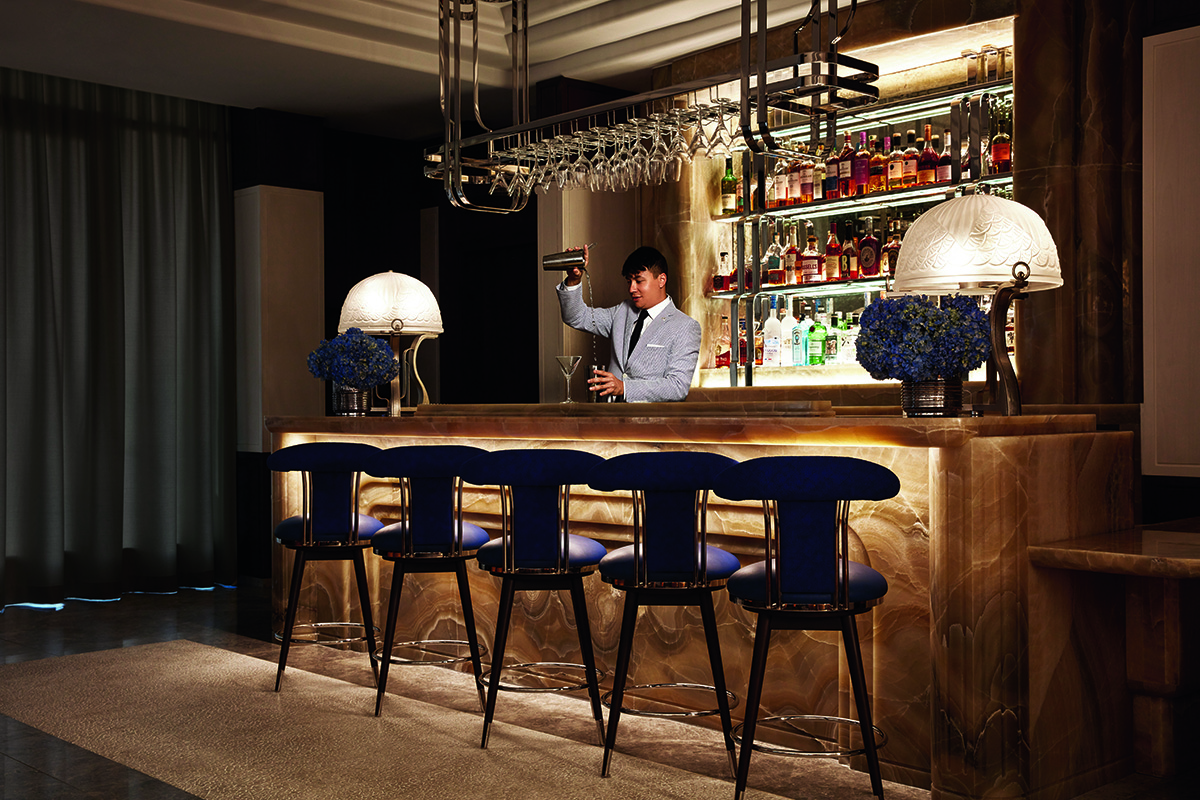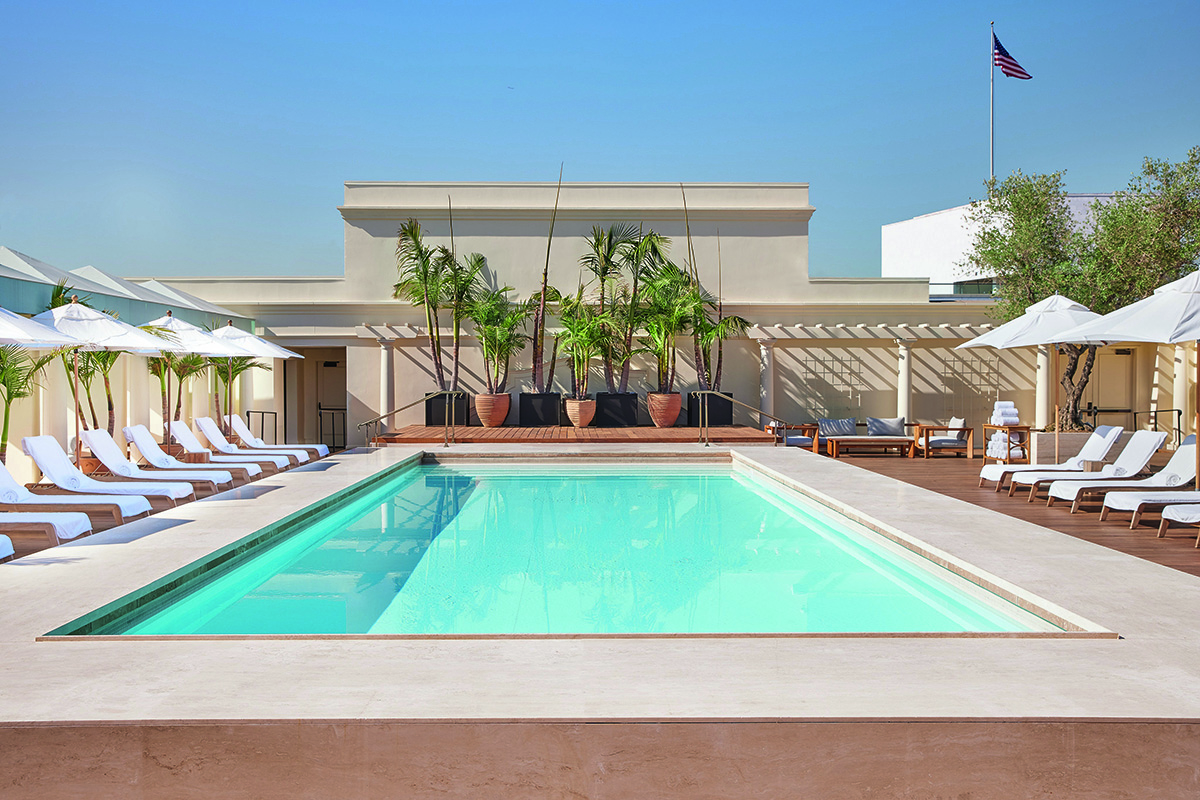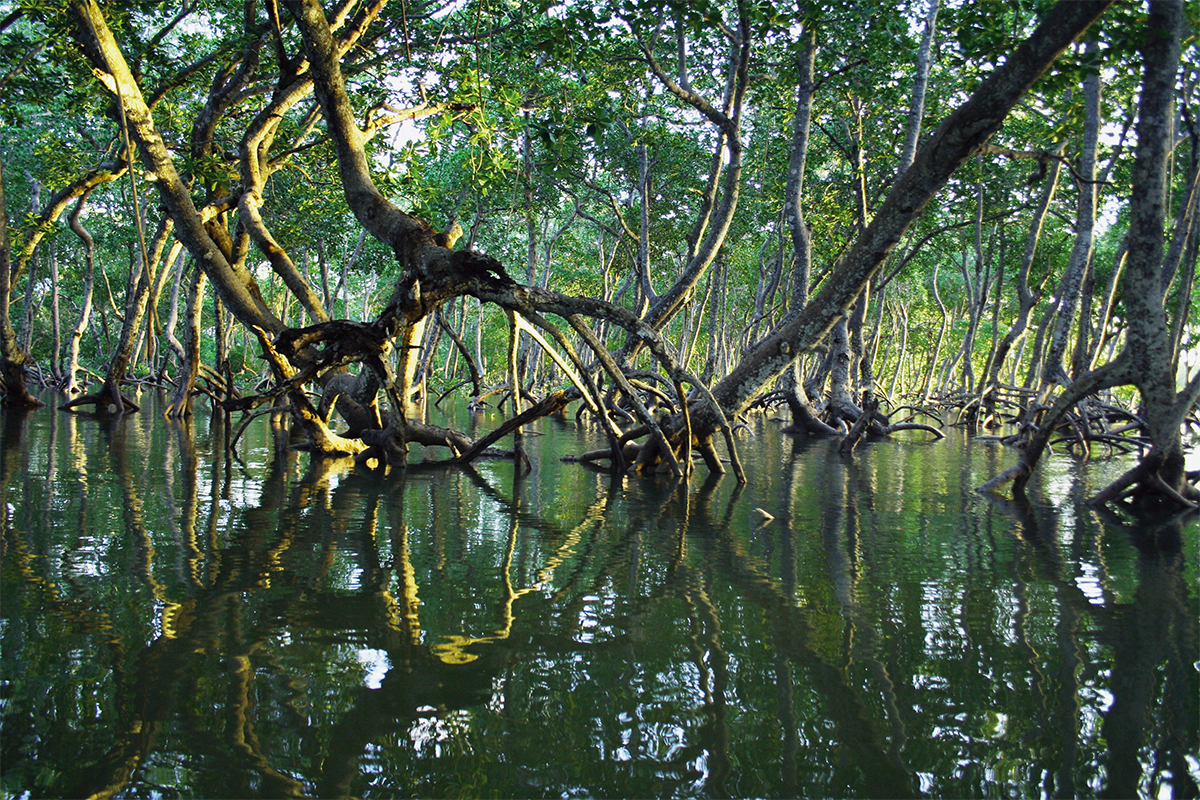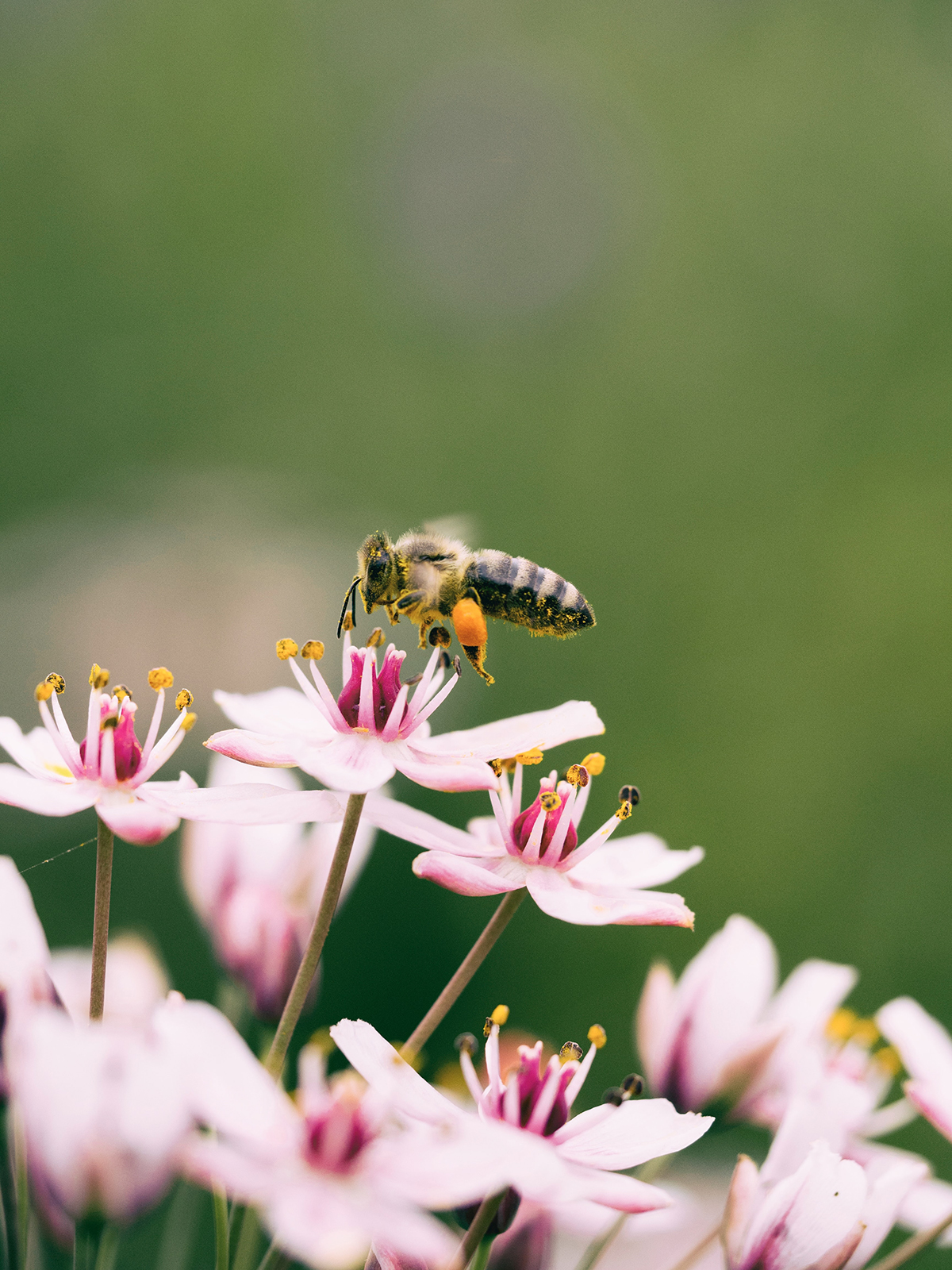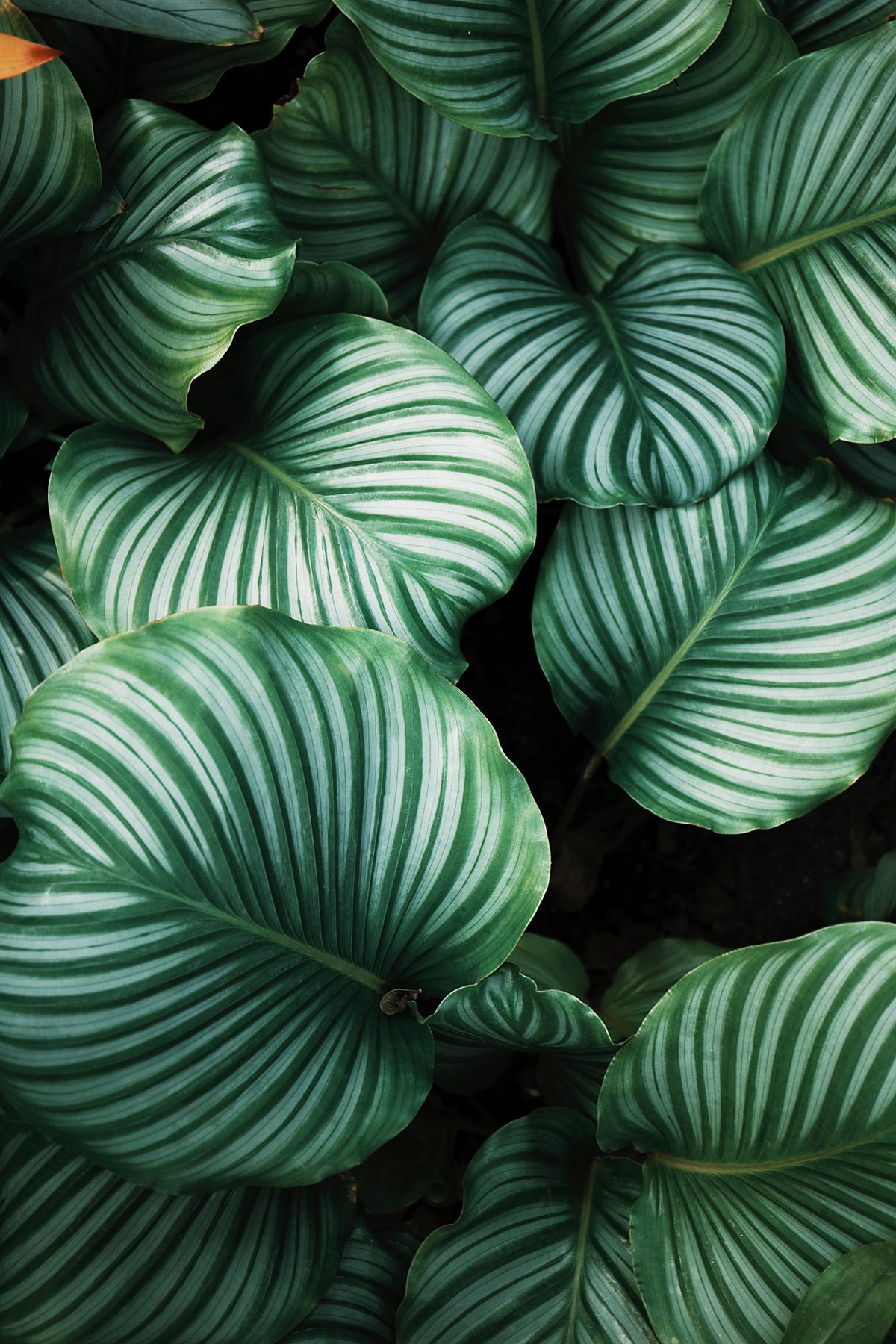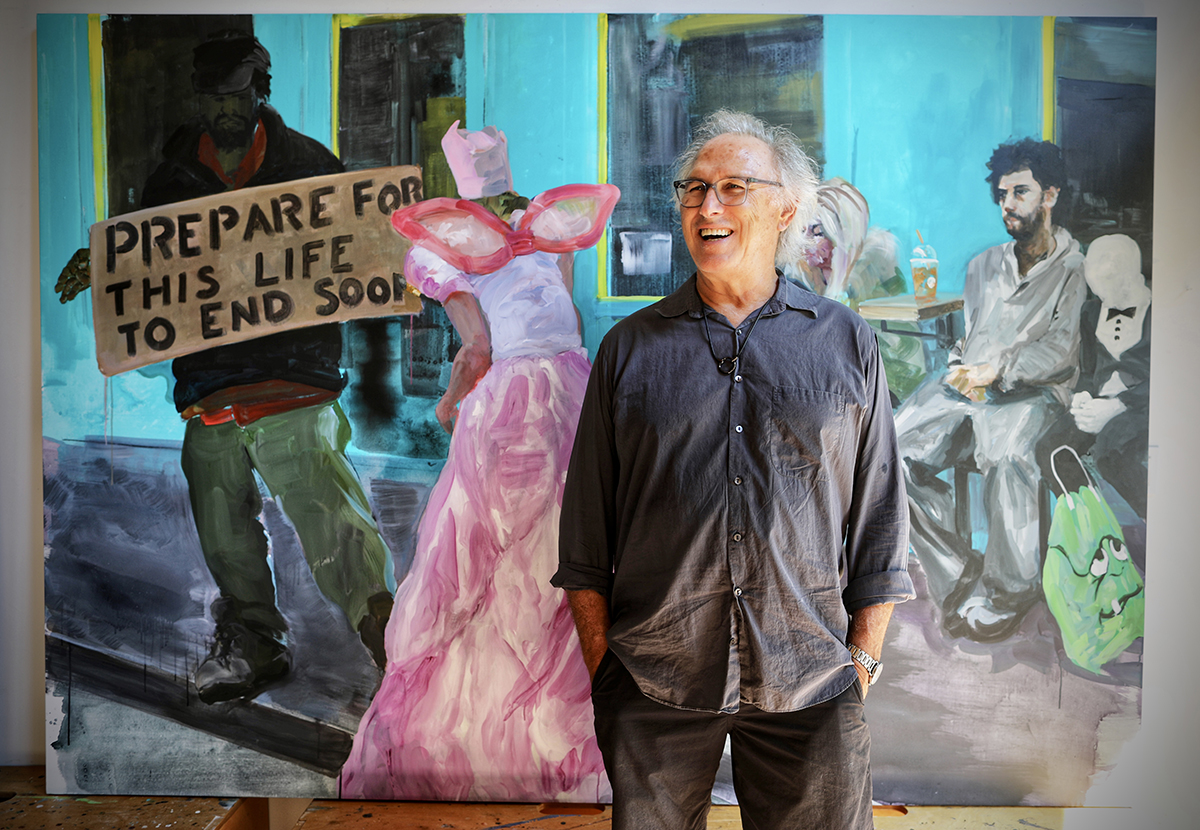
Eric Fischl and his painting Sign of the Times. Image courtesy of Maryam Eisler
Internationally acclaimed American painter, Eric Fischl is not only creating some of the most iconic and of-the-moment works of art, but he is also developing and nurturing a cultural community in Sag Harbor. Here, Fischl speaks to LUX’s Chief Contributing Editor, Maryam Eisler, about the importance of community and its effect on his own oeuvre
Maryam Eisler: The support that you have given your immediate cultural community (Sag Harbor) is notable. How and why did you and April (Gornik) decide to take such active roles in the town’s cultural initiatives? Was it a Covid decision or did the idea burgeon before?
Eric Fischl: It started prior to Covid. My wife April and I were working with a group of people to buy the cinema back in 2014. We went through some very difficult negotiations, and then there was a fire that destroyed the cinema, which made it even more urgent to buy the building because it had lost its landmark status. We had to raise 8 million dollars. The big money, believe it or not, came from successful visual artists, musicians, filmmakers … signalling to me that this was a place where the artists had a say: “We want to have an impact in determining the quality of life and culture in this town.” Then The Church (visual arts centre) became available, and so we purchased that as well. Again, it was about trying to develop a centre of creativity for the community.
ME: Are you now able to see, feel and measure the impact of these initiatives on your immediate community?
EF: Yes. At The Church, we’ve been very conscientious of doing exhibitions which have both an international representation but a very local one too. We’ve certainly found that the local artists are not only grateful to be included in the larger conversation, but they are also stepping up their game to prove it. As far as the town is concerned, attendance at The Church is increasing, and people feel comfortable being there. In the summer, we have a kids camp, and the energy fits the profile of what a community centre should be all about. We’re very excited about that. We’re also in the process of fighting (and probably losing) a battle with big money developers who want to take over and determine the next life of Sag Harbor, without actually having any feel for the place.
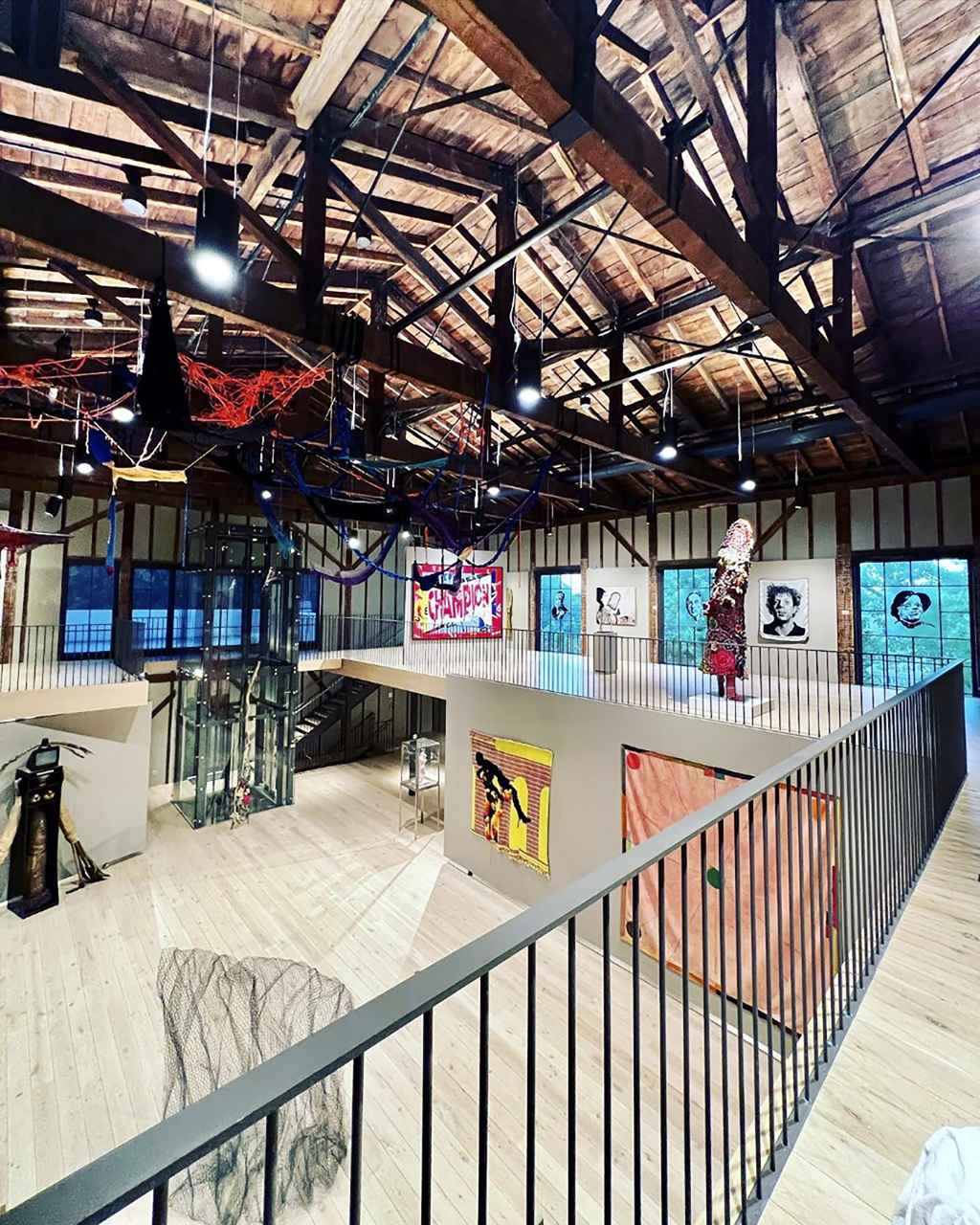
Threading The Needle exhibition at The Church. Image courtesy of Maryam Eisler
ME: What are your thoughts regarding the artists’ relationship with this town?
EF: This is the first time where I thought there’s a real chance where the artists can actually gentrify their own place; there’s a shared feeling that ‘this is the kind of life and the kind of community we want to be a part of and want to nourish’. Developers use artists to attract investors, prices are pushed out of range, and the artists have to then move out. In this case, my hope is, at the very least, to establish artist residency programs that retain artistic presence, whilst enabling creatives to take part of the town’s everyday life, bringing in fresh blood, energy and ideas.
ME: In your own practice, you seem to dig deep into the American psyche, sometimes with an added layer of nostalgia, but I now sense an additional connection with the current political climate.
EF: Well it’s funny because on the one hand, the paintings have become very narrow in their focus, and local. Right now, various scenes are derived from this Halloween parade that takes place here called the ‘Ragamuffin Parade’ which I’ve photographed for many years. I’ve put together these weird scenes of costumed people, and in some, you feel the advent of Covid; some protagonists are in costume, some in medical masks, ironically. One scene looks like they’re coming back from war, on crutches and canes, or they’re just tired or something…
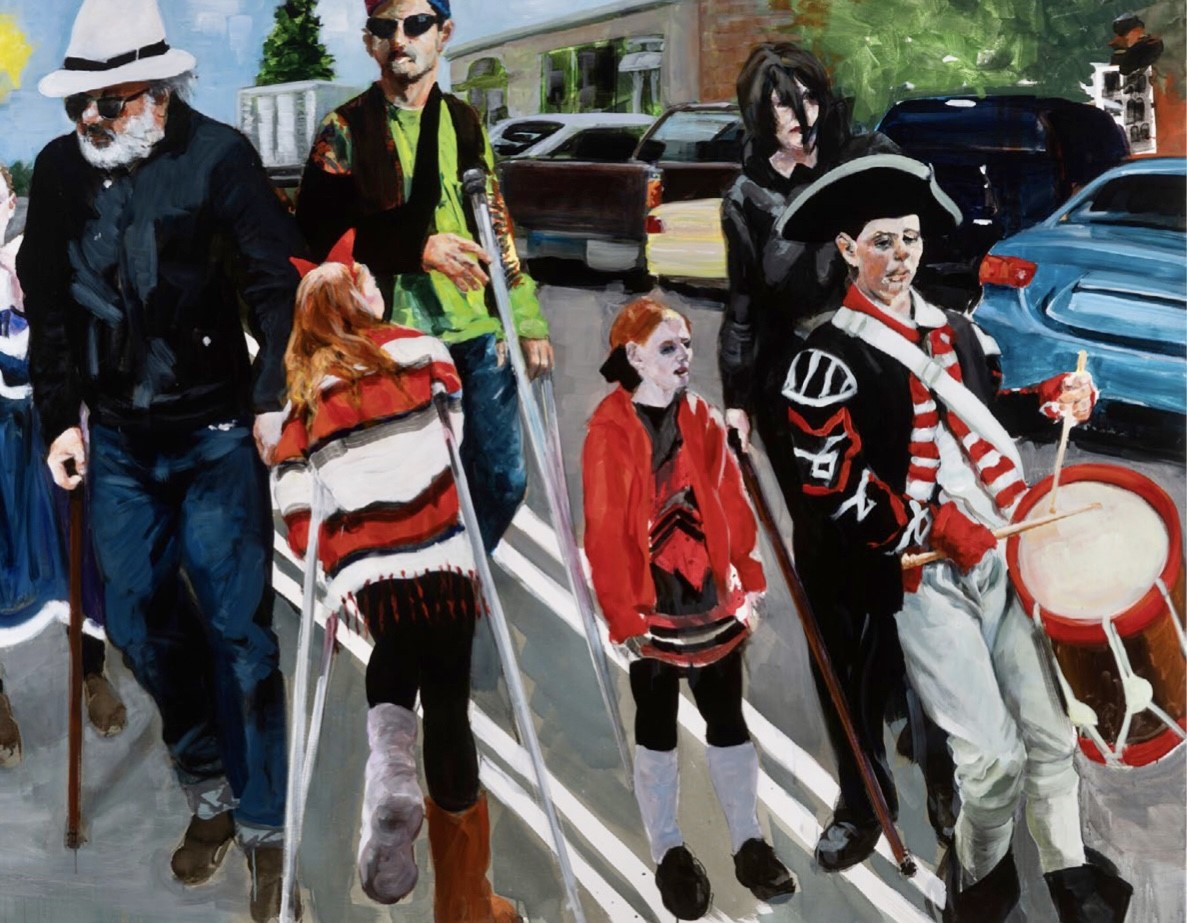
The Parade Returns, 2022 by Eric Fischl
ME: You have said in the past that the point of painting is to try and find the hidden truth so are you trying to do exactly that, at this difficult moment in time and history?
EF: These difficulties have just been compounding, and for us, here in America, the madness of the Trump administration and the way that it divided the country into such irresolvable anger, is something that hasn’t left the scene, even since he was voted out of office – so, we Americans are dealing with a constant pressure.
ME: Is there a permanent sense of malaise?
EF: Yes. How do you and can you get back from where we are now? To which you add a pandemic, further isolating and terrifying us all. That fear and isolation combined with the political anger has just presented an extremely tough time for us all.
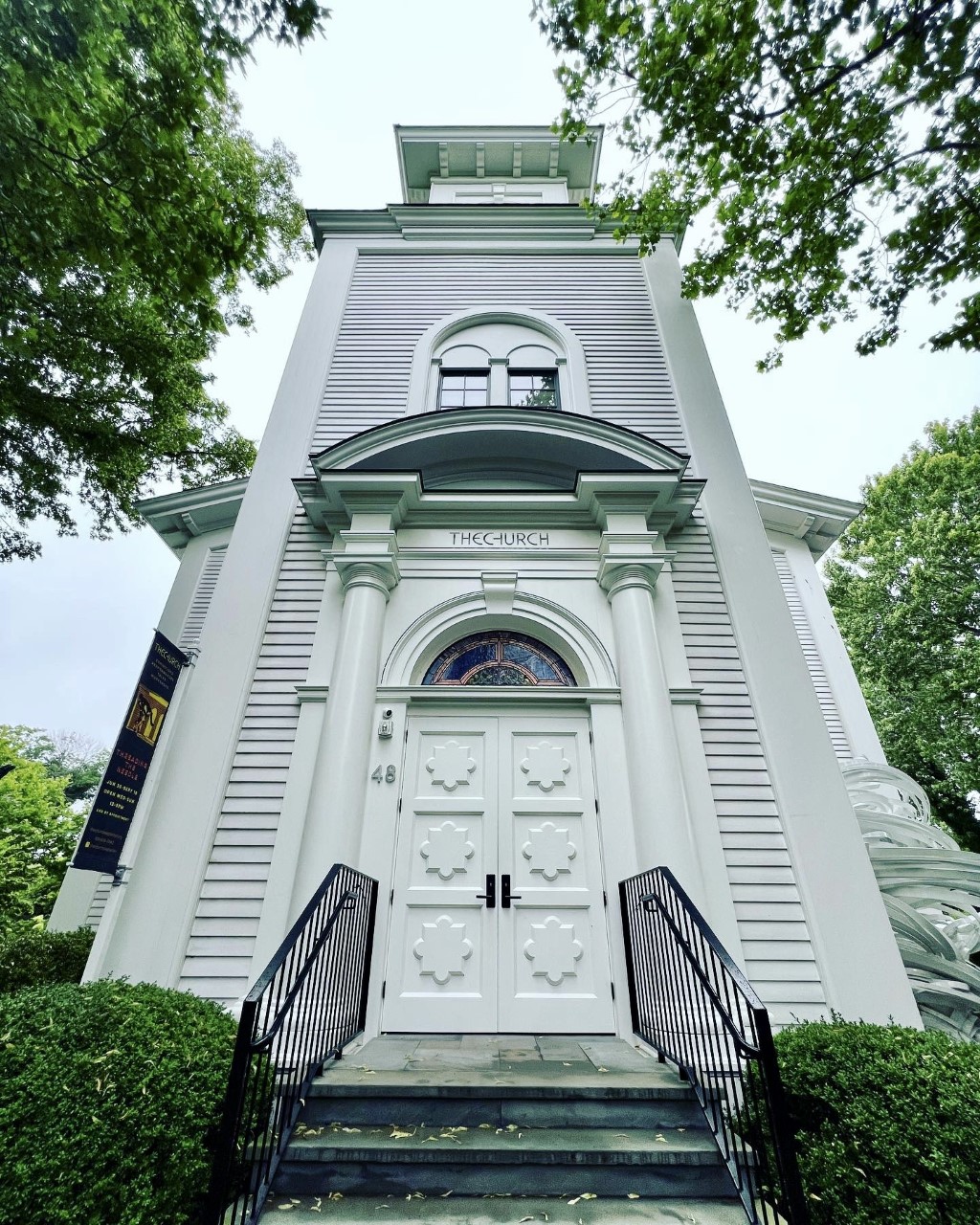
The Church, Sag Harbor. Image courtesy of Maryam Eisler
ME: How do you reconcile your mission regarding your community work with your own art practice?
EF: I have to say that in our vision of implementing The Church, I didn’t quite realise how much positivity and hope people attach to the notion of community, its nurturing side, its playful side, its creative side. I’m personally not entirely capable of doing that within my own work; my work deals with more existential conditions, of missed connections and unsatisfied desires.
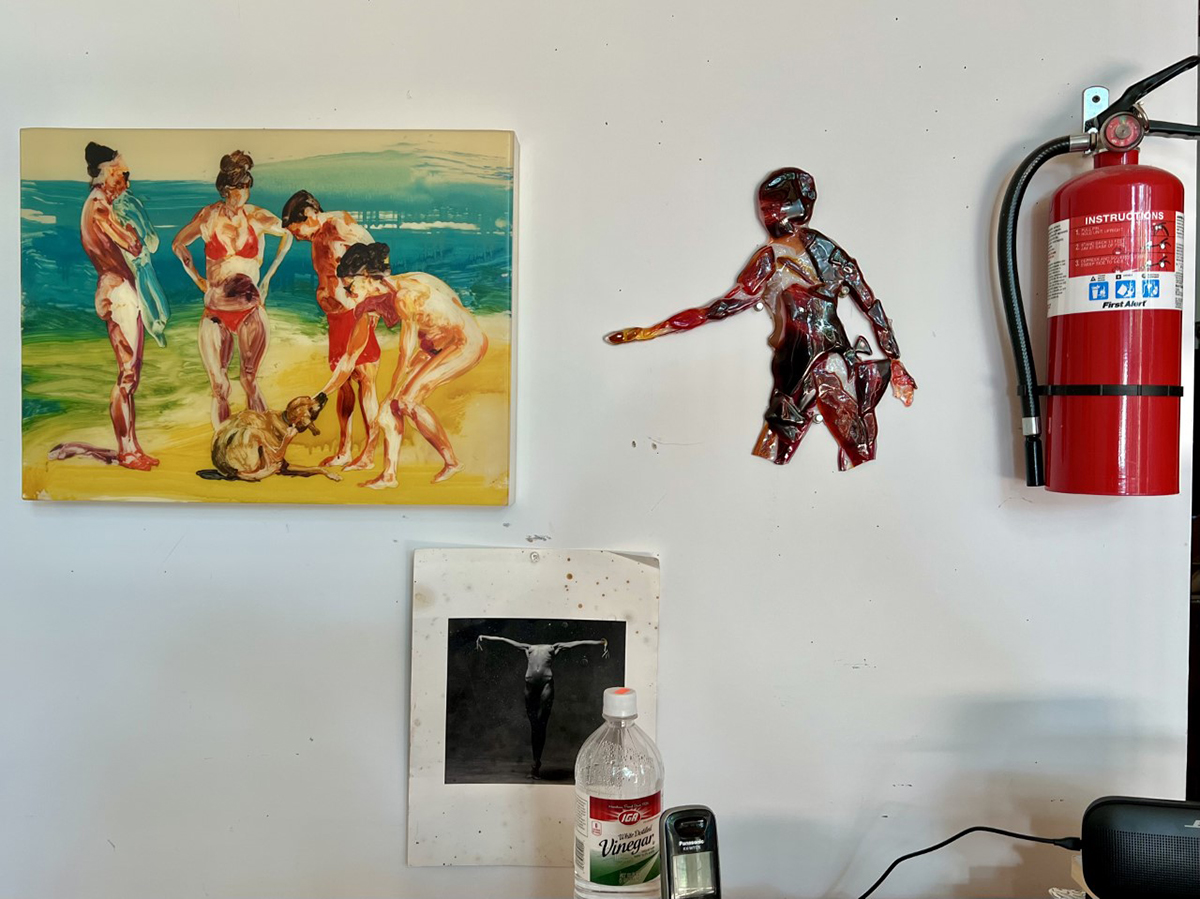
Studio wall. Image courtesy of Maryam Eisler
ME: And you’re still working through this? It seems to be a continuous process.
EF: Yes. I don’t know whether the goal in life is to work through it so that you are freed from it, or whether you just go deeper and deeper into it, because there’s a profound truth to the nature of life that lies within the process. How do you come to terms with it? I think I should write a piece for our local newspaper. At first, I was thinking about art as an expression of love, a desire to connect, a willingness to explore areas of our being that we don’t necessarily get to openly share… to try and work through stuff that way. That in itself is an act of love. Then you have a belief in your community, a belief in your society, a belief in being human. But it’s a complicated thing, because some people can actually handle a direct exchange of love. I can’t. I think most artists can’t. We have to triangulate.
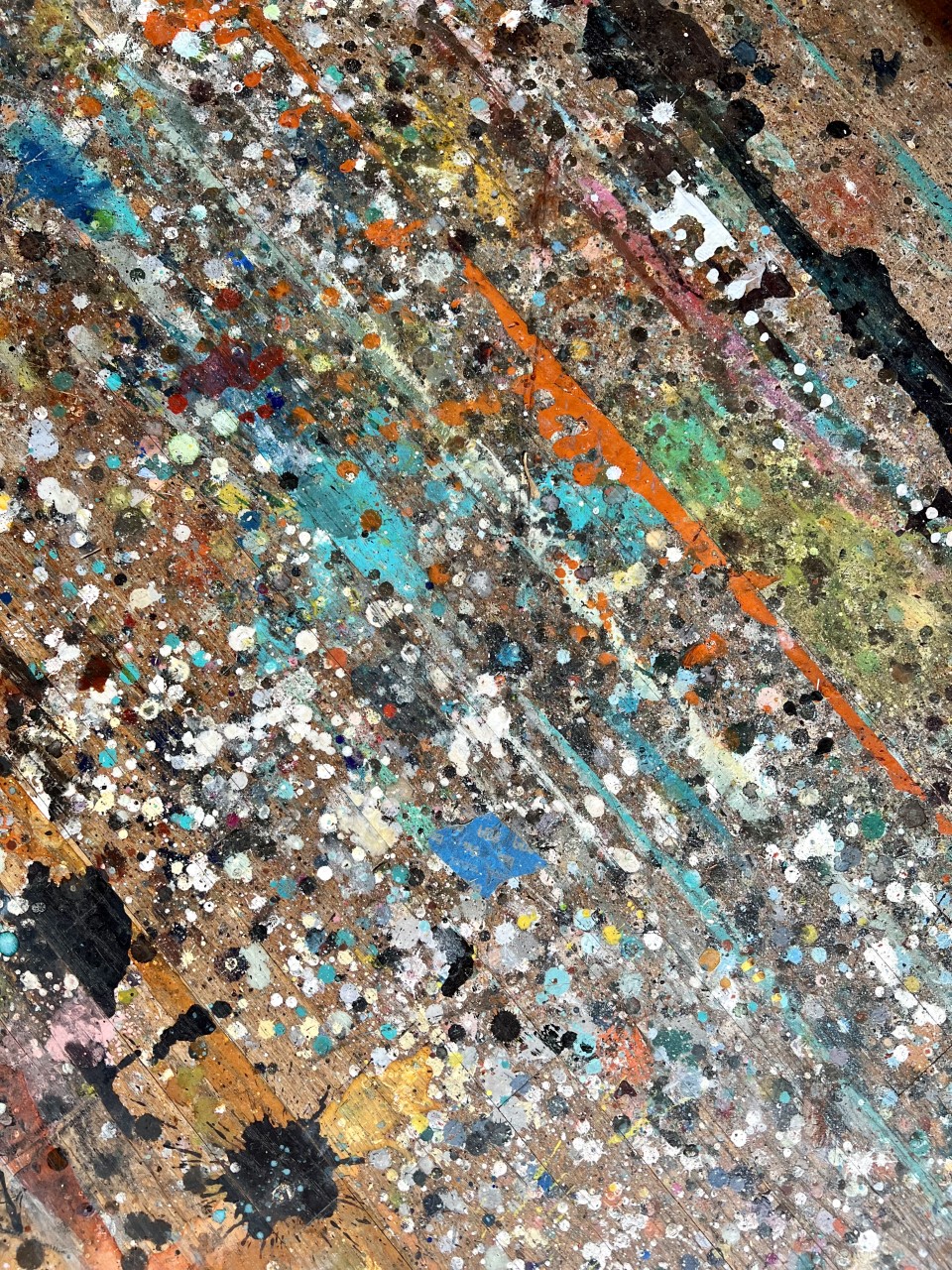
The studio floor. Image courtesy of Maryam Eisler
ME: You’ve often said that you speak to a painting and that it speaks back to you. Do you paint with an end game in mind or is it an ever- evolving dialogue, until you know it’s ready for the world?
EF: You keep talking to the painting till it begins to talk back to you, and if it doesn’t talk back to you, then you haven’t found the point of the painting, and so you should just destroy it. But when it does talk back, you have to start listening to it, and it then tells you how to finish it.
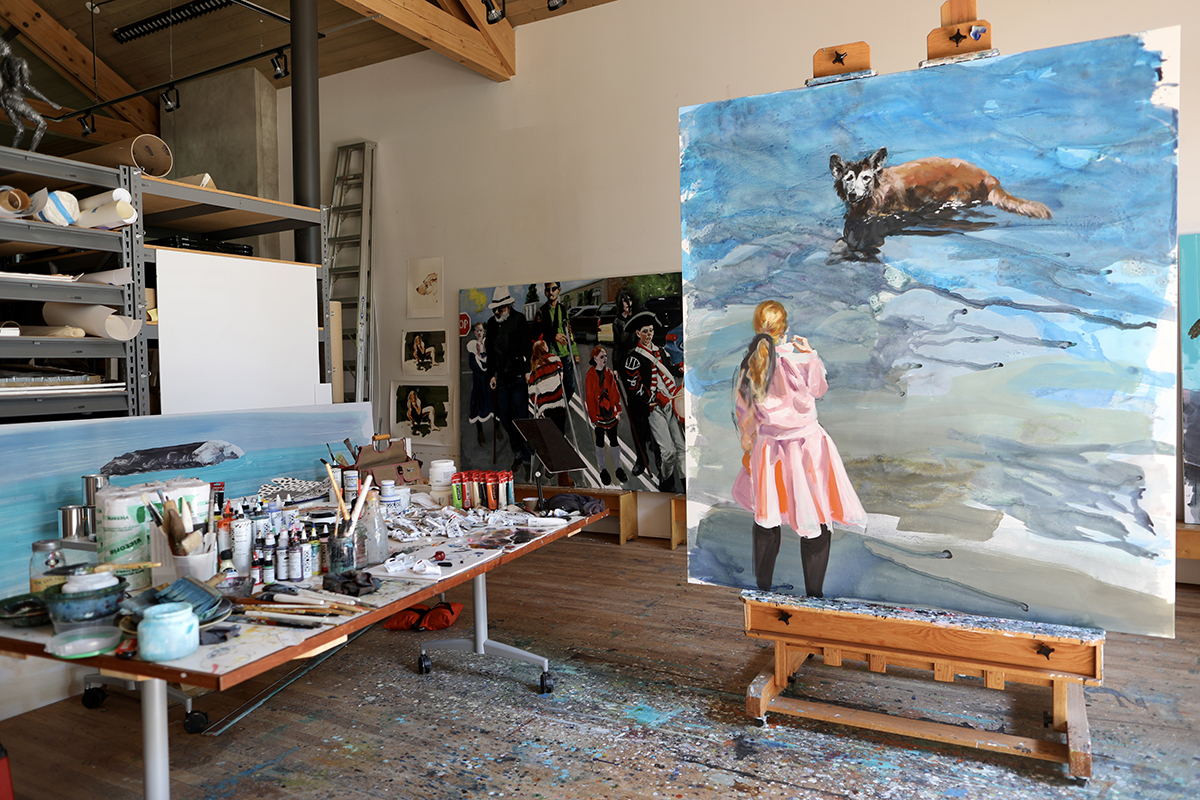
Painting in front is titled Old Dog, behind is Ragamuffin Parade, both by Eric Fischl. Image courtesy of Maryam Eisler
ME: Talk to me about the old dog and the girl in this painting.
EF: Well, I was riding my bicycle and I saw this old dog in the water. It seemed happy. I was transfixed by it. The painting is about a moment between the old dog and a young girl. You can’t quite tell what her age is as you see her from behind, dressed in a sort of fancy-ish outfit, not exactly a summertime thing, a just-got-out-for-a-walk kind of thing. They’re just talking to each other, and the space has become dynamic between them, so maybe on some simple level, the painting is about age and youth, who knows…
ME: I love the idea that photography plays a role in your painting, a starting point at least. I also find your embrace of technology in general fascinating when it comes to your art practice. Can you tell me more about that?
EF: Yes well, I certainly don’t consider myself a photographer. It’s just a tool. The reason photography works for me is because everything is in motion, everybody is slightly turning, slightly blinking, slightly opening their mouths, slightly shifting a shoulder… whatever it is, a photograph lives life instantaneously. And if you’re creating narratives, you need animation, a moment where something is begging to happen, and photography allows you to capture exactly that. It’s become a huge tool that I’m dependent on.

It’s a blue which is typical of his work. Image courtesy of Maryam Eisler
As for technology, it’s not that I go out and embrace technology; it sort of shows up and then there’s curiosity about it, and if I manage to connect it to my body of work in some way, I do. It took a while to get the feel of the hard surface of the iPad and drawing on it, but there came a point where it became a fun sketch tool. The same goes with the VR paintings I make with Tilt Brush. There’s this strangeness that is both curious and entertaining with this new technology that forces me to figure out a new language of painting “effects” that is not too dissimilar to my other work – just a little more exaggerated and strange.
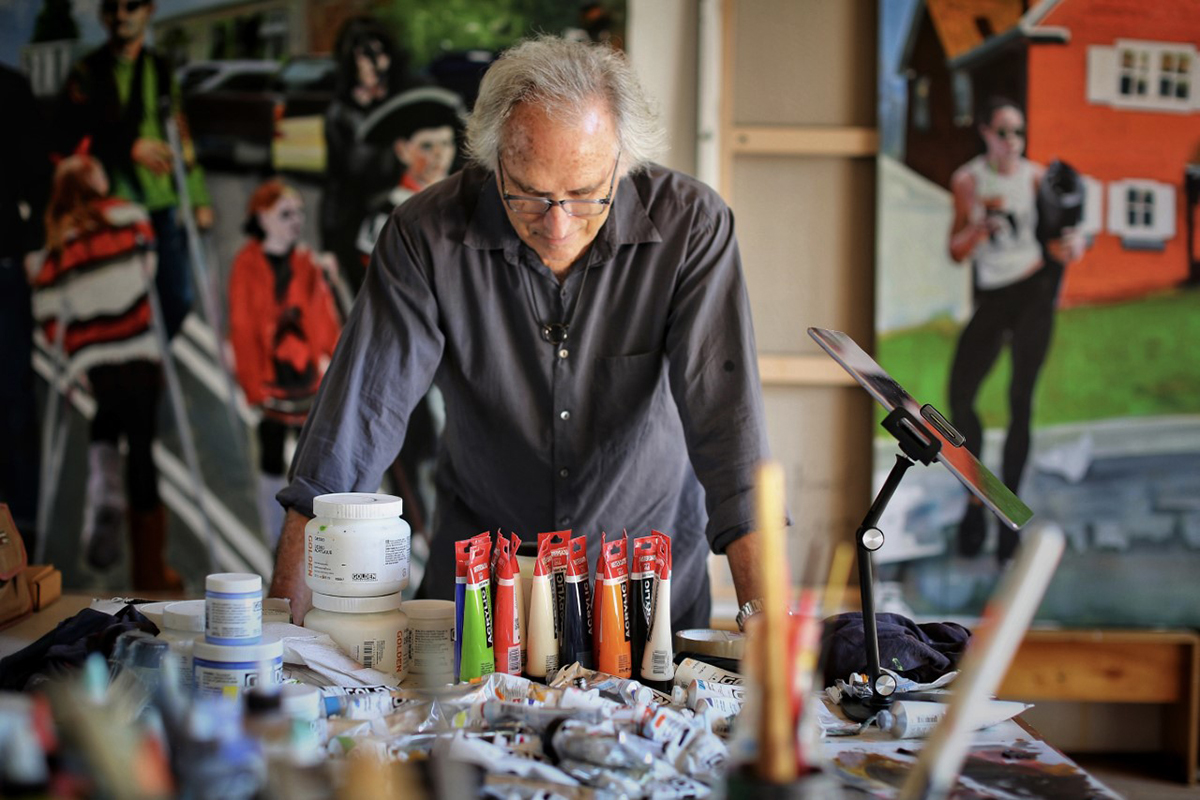
Deep in thought…Image courtesy of Maryam Eisler
ME: I’m interested in space and place. Do you have a sense of dialogue with or responsibility towards the artistic legacy of this area? Do you feel that you are continuing a practice that is indigenous to this particular geography?
EF: Yes, I grew up on Long Island so there’s a familiarity. I’m definitely out here to experience the art, not to play around or eat ice cream! It turns out that there is quite a history of American art which is connected directly to this landscape- the abstract expressionists for example. A lot of it is directly connected to the quality of light, unique to this place. It has to do with the flatness and thinness of the land and having bodies of water on all sides, creating this kind of refraction, a full-spectrum light, different from most other places. But I don’t paint from life, so other than enjoying the light and being wowed by it, that is not why I’m here. That would be the safe answer. Let’s not forget that we are also only two hours away from the city. This is also where the money is, where our friends are … these would be the more honest reasons to cite for why I and most other artists are out here.
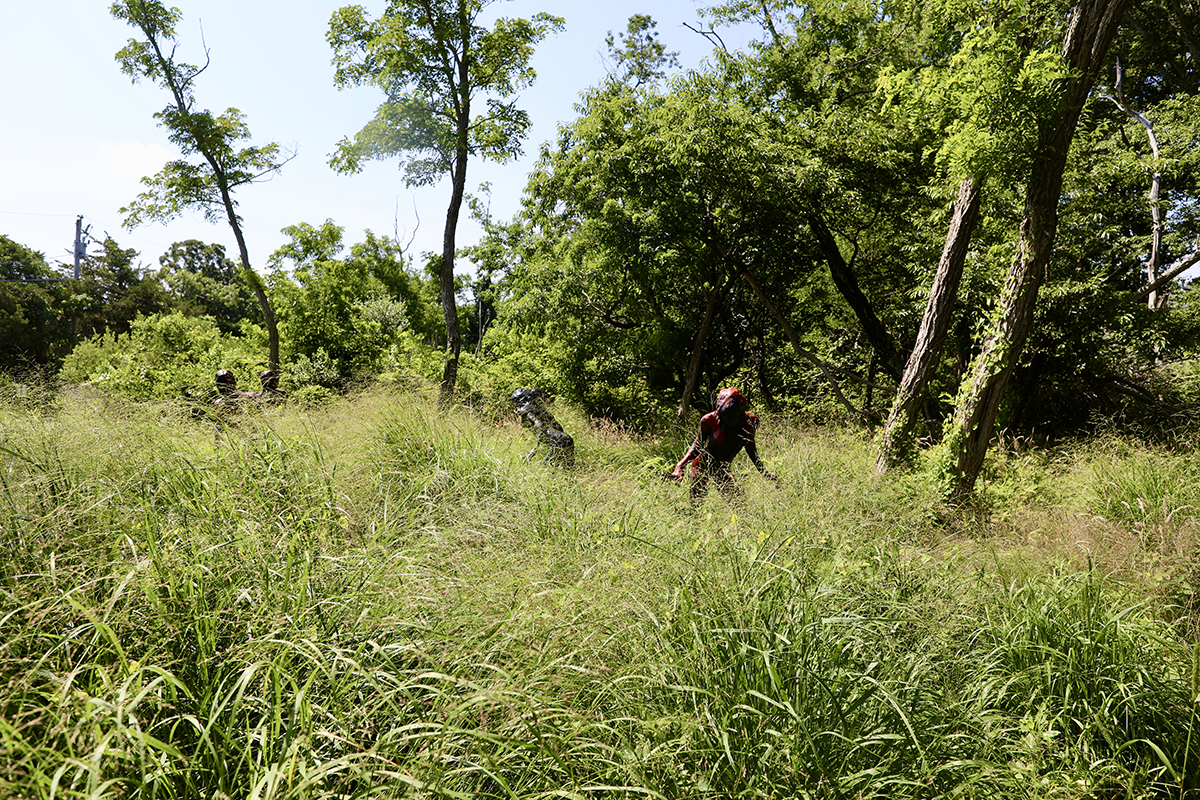
Sculptures greeting you as you approach Eric Fischl’s house/studio. Image courtesy of Maryam Eisler
ME: A much lesser poetic explanation than I would have hoped for, perhaps!
EF: Exactly. Everyone wants it to be because of some kind of inspiring thing, but you know, this is also the first time I’ve referenced this particular location in my work. In the past, I was painting as if I lived elsewhere. A lot of people in fact thought that I lived in California.
ME: As you approach your property, the first thing you see, is this sculptural grouping of human figures amidst the tall grass, as if spying on you, magical and awe – inspiring.
EF: Well, thank you for feeling that way. I make sculptures from time to time; they’re not a particular focus of mine. I enjoy doing them when I need a break from painting or other things. The reason I connect to the sculptural form is because it comes from a different part of my body and brain, and that’s of interest to me. There are memories and knowledge that your hands have stored that you cannot access from your eyes. It’s the touch itself that triggers feelings; memory that creates experience.
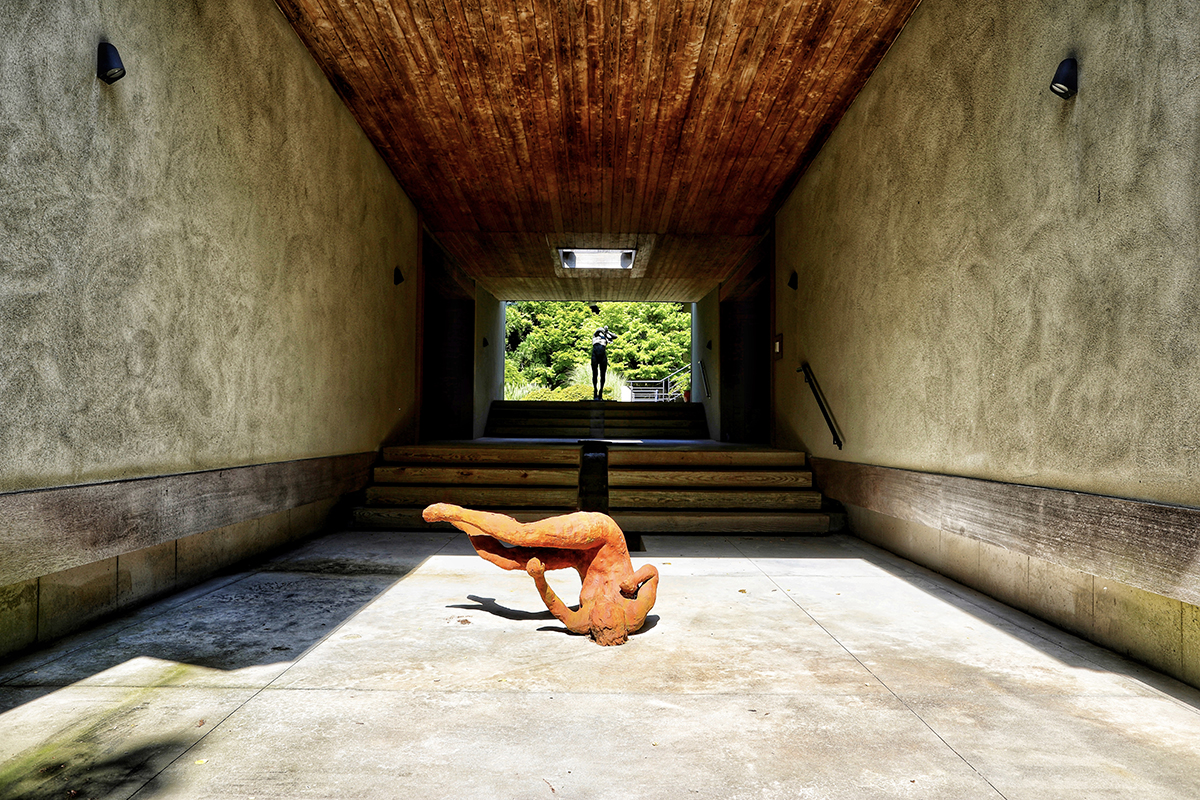
Entrance of the studio with Eric Fischl’s sculpture. Image courtesy of Maryam Eisler
ME: So, is your own hand at play when it comes to sculptures, in the same way as it is with your paintings? It seems that your own physicality has presence in all your art forms- a rare practice these days.
EF: Yes. When I start any new work, I don’t know what I’m looking for so how can I possibly get other people to do it for me? There is also a great amount of pleasure and satisfaction in the act of making art, even when it is frustrating. The difference between painting and sculpture for me is that you mainly commit to whatever you’re sculpting way sooner in the process than you do with painting, because with sculpture you know that you’re making an armature, and so it gets hard to take that down or move it around. With a painting, on the other hand, you can paint over it, paint it out, or start all over again; so, you can spend more time in the discovery phase.
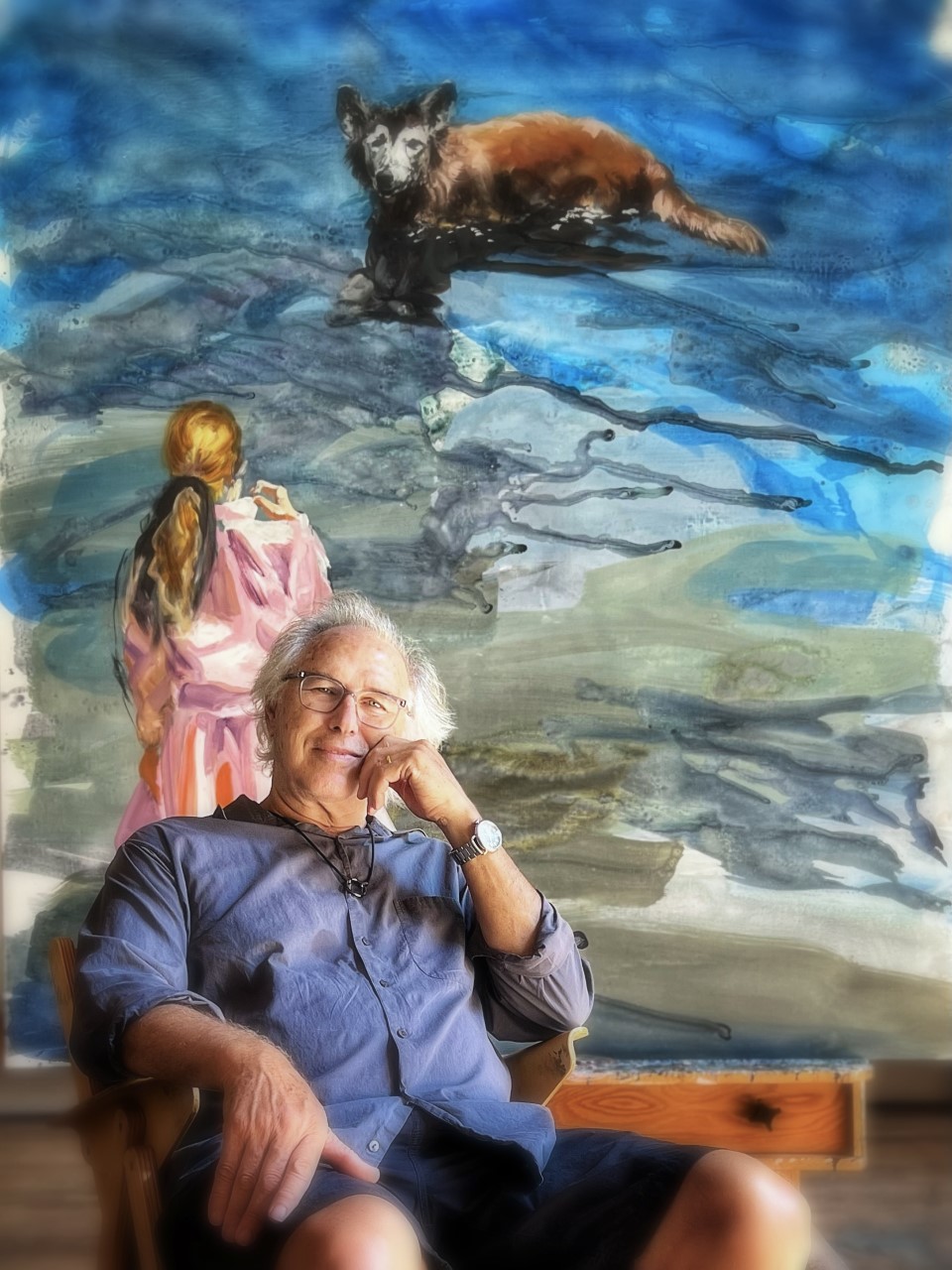
Image courtesy of Maryam Eisler
The other aspect of my practice has been about trying to reassert the body back into painting and sculpture. If you take Rodin for example, he was someone that absolutely believed in the ability of the body to express itself, no matter how painful or how dramatic or how erotic and lustful an experience, and that this body was able to express all these feelings and states of mind. That began to go away with modernism. The next sculptor of great impact was Giacometti. His position was different from Rodin’s. With him, the body was no longer able to express itself, but be expressed upon. For him, the body was more or less frozen with the anxiety that is eating away at it. So, we went from being able to express pain, joy, eroticism and anxiety to not being able to express anything at all, rather opting to internalise it all whilst allowing it to destroy us.
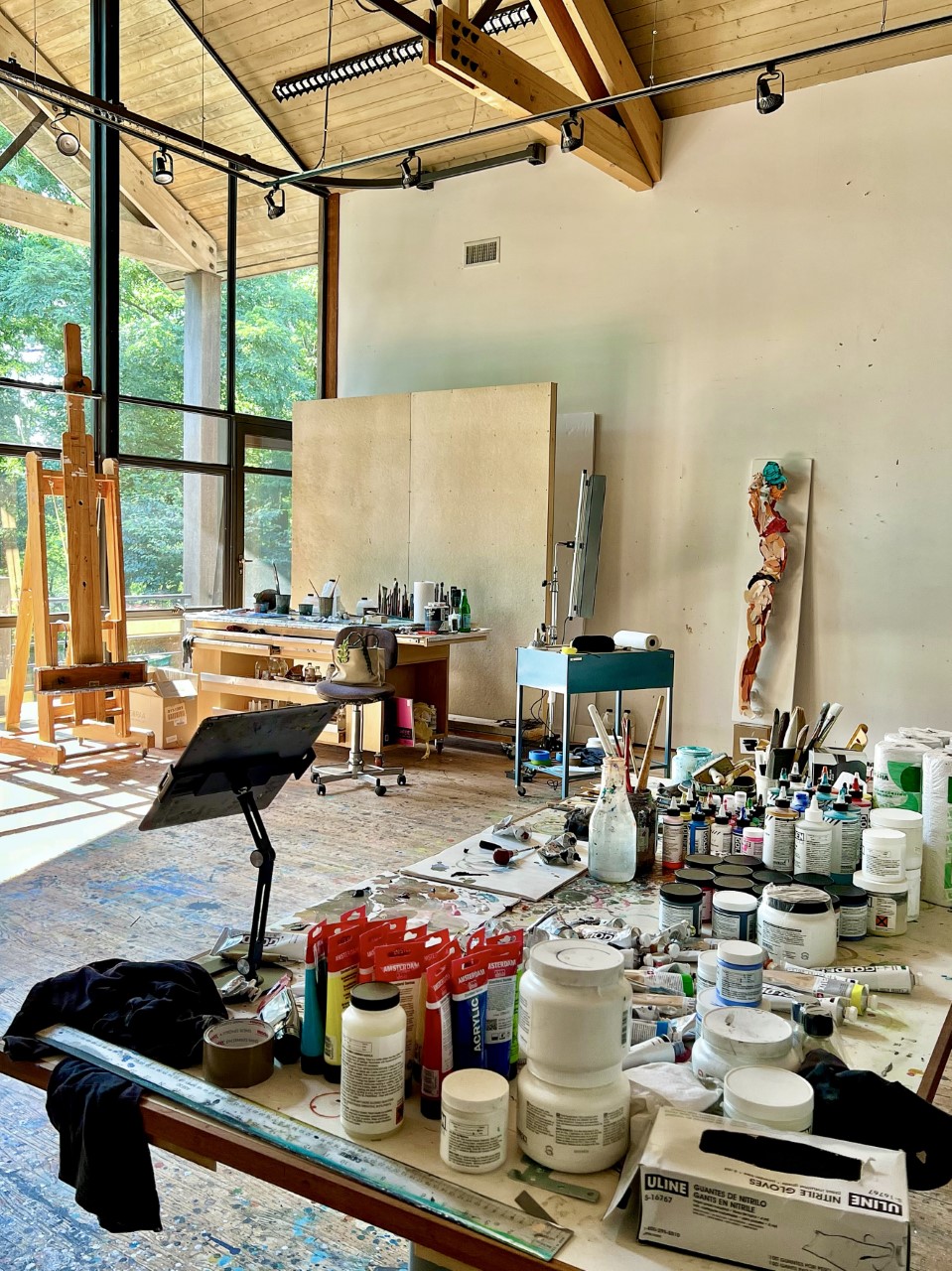
Studio interior. Image courtesy of Maryam Eisler
And then the body disappears for a while and when it reappears, it comes back as reproduction, body casting, silk screens, one step removed from the animation of the actual body itself. It becomes something that takes on a literal quality because when you’re casting somebody, you’re dealing with the specificity and limitations of individuals; height, weight and shape. The imaginative and distorting part of emotional expression disappears. Artists today prefer the representation of our bodies to be dolls and mannequins – both surrogate forms. As for me, I’m trying to find ways of keeping the physicality of the body in the forefront of our experience of our lives. In doing so, it becomes about truth, about who we are. We’re all in this container, trying to figure out the interface between our interior world and the exterior world, through this thing called skin.
As an artist, I strive to get comfortable with my need to answer these existential questions with my inability to resolve them. I see my role as an artist to witness and to record, creatively and imaginatively, the experience of life’s journey.
Eric Fischl’s exhibition ‘Towards the End of an Astonishing Beauty: An Elegy to Sag Harbor, and Thus America’ opens at Skarstedt, New York, on September 14 2022
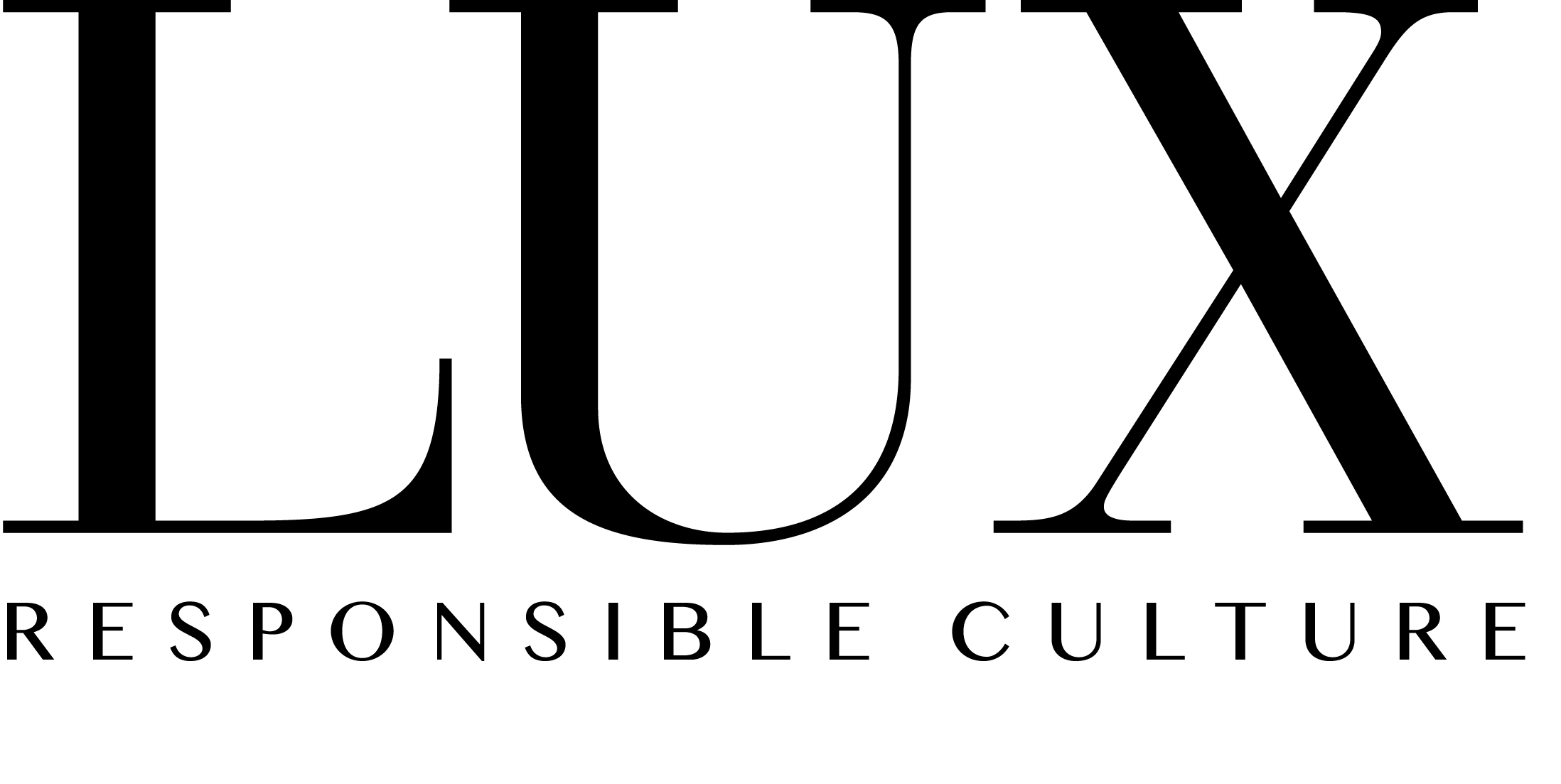
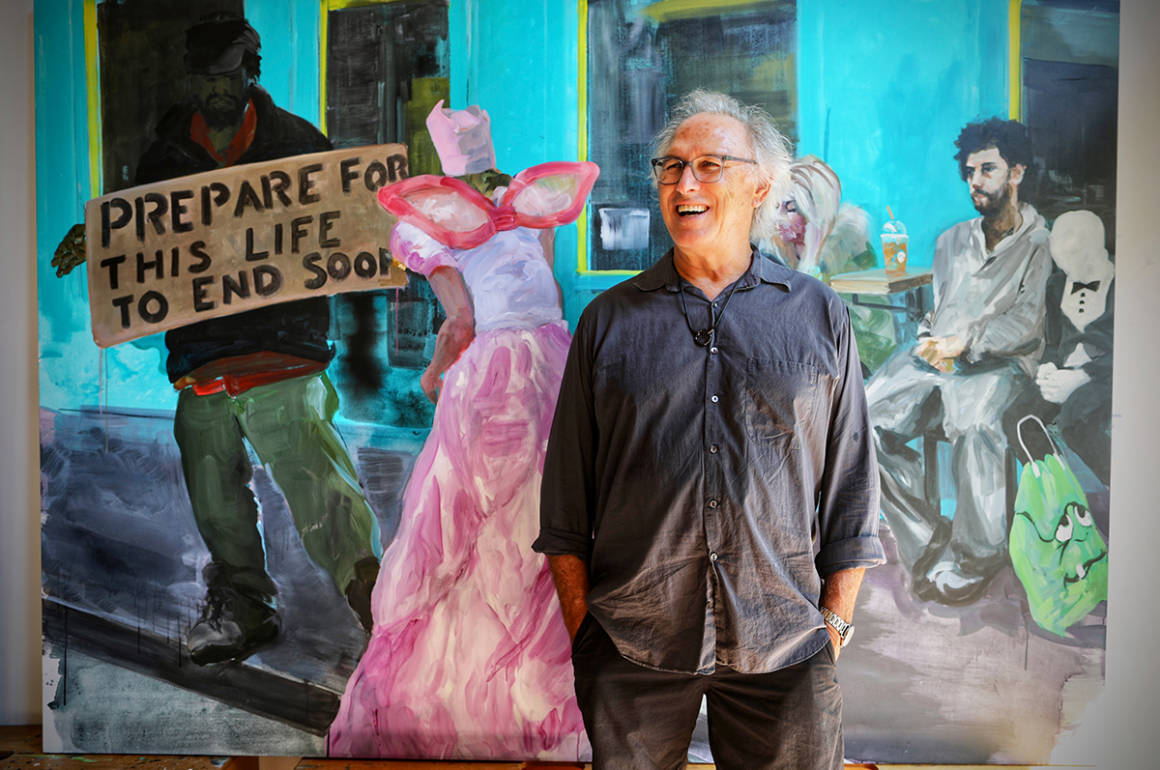

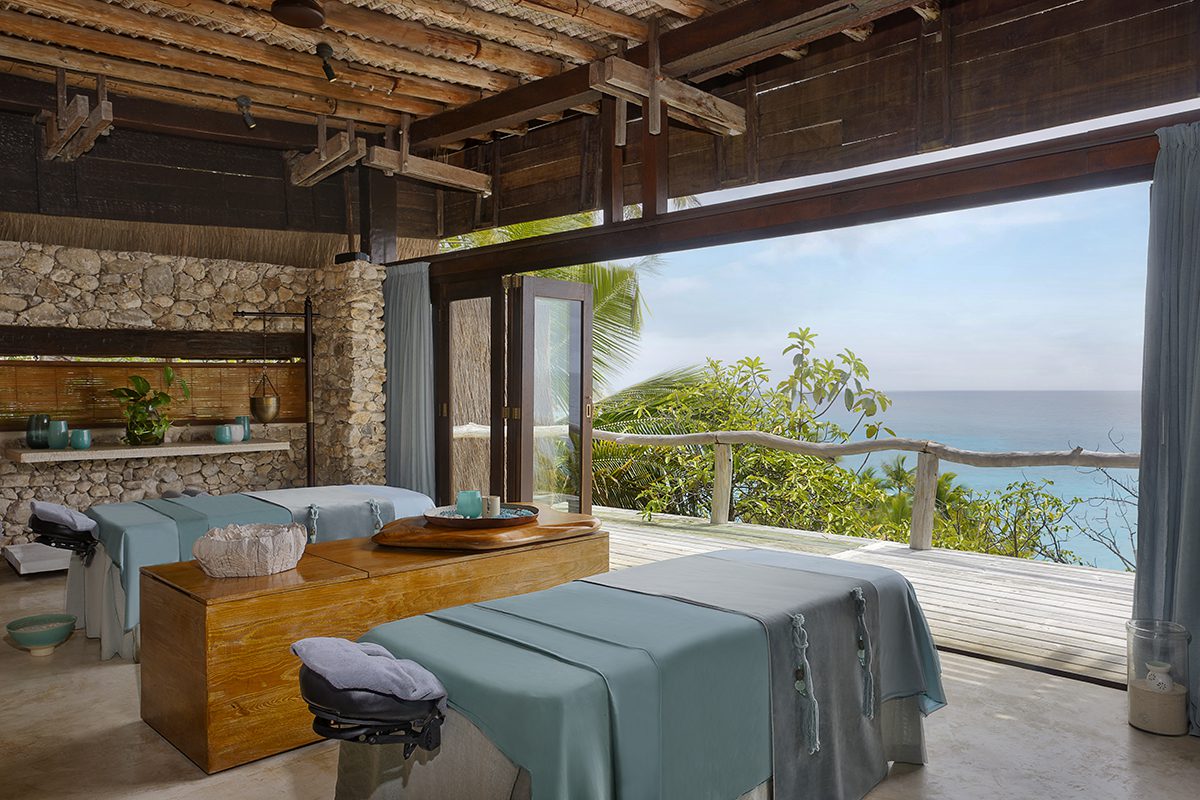 Clinique La Prairie has established itself as a leading name in longevity research, offering wellness programmes for over ninety years. For its inaugural escape far away from its traditional Alps and Lake Geneva landscape, the brand has set base on North Island Resort in the Seychelles to create a complete Clinique La Prairie experience
Clinique La Prairie has established itself as a leading name in longevity research, offering wellness programmes for over ninety years. For its inaugural escape far away from its traditional Alps and Lake Geneva landscape, the brand has set base on North Island Resort in the Seychelles to create a complete Clinique La Prairie experience